diff options
| author | Christian Cleberg <hello@cleberg.net> | 2024-07-08 22:06:36 -0500 |
|---|---|---|
| committer | Christian Cleberg <hello@cleberg.net> | 2024-07-08 22:06:36 -0500 |
| commit | 08303185267d6107603a2fdd507c7d3ec84e40d4 (patch) | |
| tree | ce09fc13d0374b76a5125bf4deccf9ecf6574924 /content/blog | |
| parent | 19f0a243737d2dedab8b402e2c4519838d9fd6d0 (diff) | |
| download | cleberg.net-08303185267d6107603a2fdd507c7d3ec84e40d4.tar.gz cleberg.net-08303185267d6107603a2fdd507c7d3ec84e40d4.tar.bz2 cleberg.net-08303185267d6107603a2fdd507c7d3ec84e40d4.zip | |
fix images for 2018 to 2021 posts
Diffstat (limited to 'content/blog')
20 files changed, 10 insertions, 222 deletions
diff --git a/content/blog/2019-09-09-audit-analytics.md b/content/blog/2019-09-09-audit-analytics.md index e99cce7..a4a1dd3 100644 --- a/content/blog/2019-09-09-audit-analytics.md +++ b/content/blog/2019-09-09-audit-analytics.md @@ -29,9 +29,6 @@ or extracting data, selecting samples, or performing audit tests. These steps can be necessary for an audit (and may even be performed by the same associates), but they are not data analytics. -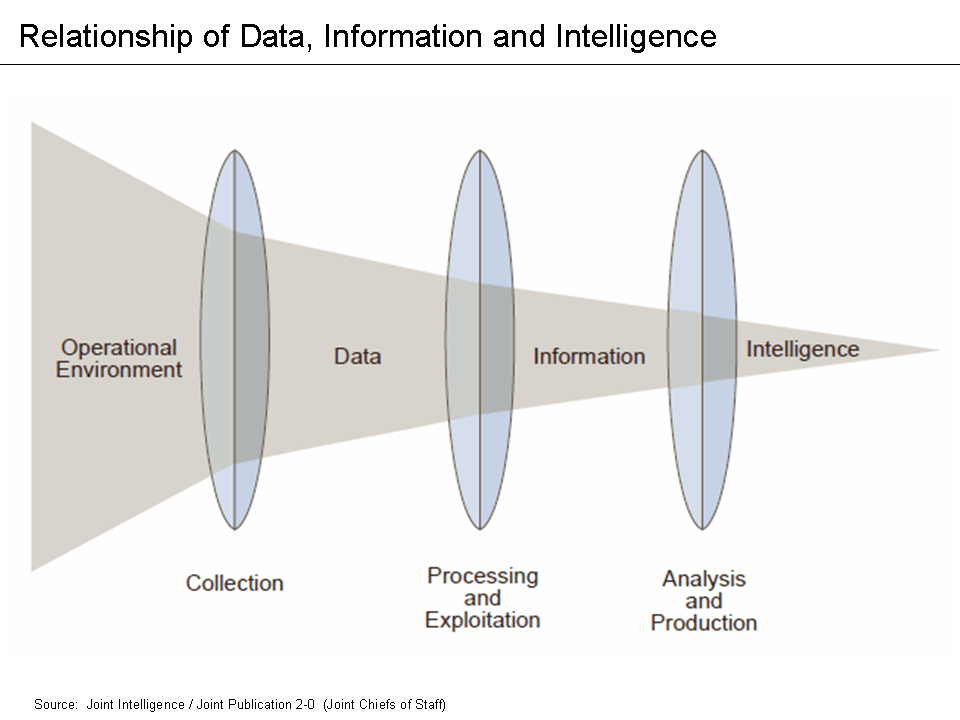 - # Current Use of Analytics in Auditing While data analysis has been an integral part of most businesses and departments @@ -83,9 +80,6 @@ analytics so that the results can be as comprehensive as possible: - **Analysts**: There must be auditors willing and able to perform data analytics or else the system cannot be sustained. -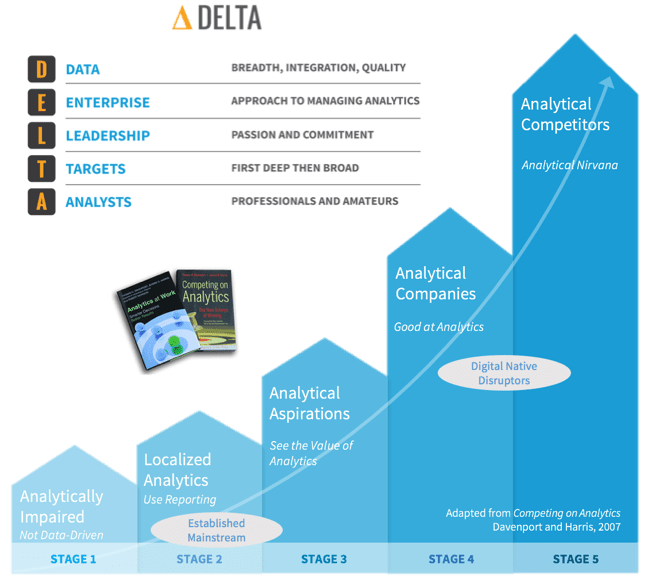 - # Finding the Proper KPIs Once the Internal Audit Function has decided that they want to start using data @@ -197,14 +191,7 @@ that only about 12.5% of entry-level jobs don't require experience. This is the kind of result that easily describes the data for you. However, make sure to include an explanation of what the results mean. Don't let the reader assume what the data means, especially if it relates to a complex subject. _Tell -a story_ about the data and why the results matter. For example, **Figure 4** -shows a part of the explanation the author gives to illustrate his point. - -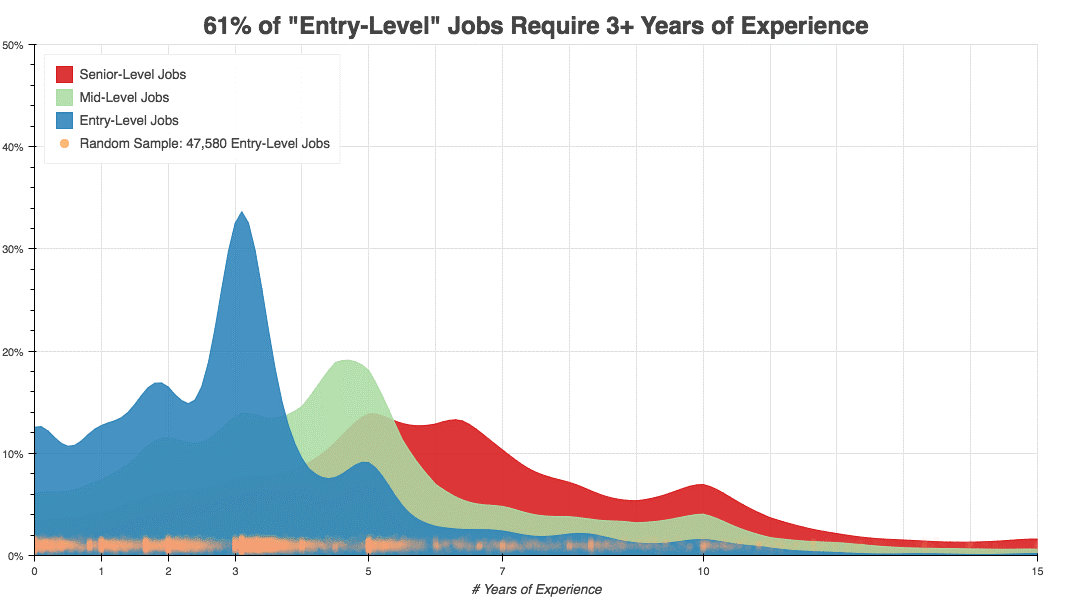 - - +a story_ about the data and why the results matter. # Wrap-Up diff --git a/content/blog/2019-12-03-the-ansoff-matrix.md b/content/blog/2019-12-03-the-ansoff-matrix.md index 01144e6..4f0b7eb 100644 --- a/content/blog/2019-12-03-the-ansoff-matrix.md +++ b/content/blog/2019-12-03-the-ansoff-matrix.md @@ -37,9 +37,6 @@ to enter new markets or innovate in its current markets. The y-axis of the matrix focuses on the firm's products and determines if the firm wants to pursue strategies around their existing products or explore new products. - - # Strategic Options ## Market Penetration diff --git a/content/blog/2020-01-25-linux-software.md b/content/blog/2020-01-25-linux-software.md index 71461e1..11d7e40 100644 --- a/content/blog/2020-01-25-linux-software.md +++ b/content/blog/2020-01-25-linux-software.md @@ -9,9 +9,6 @@ draft = false ## Etcher -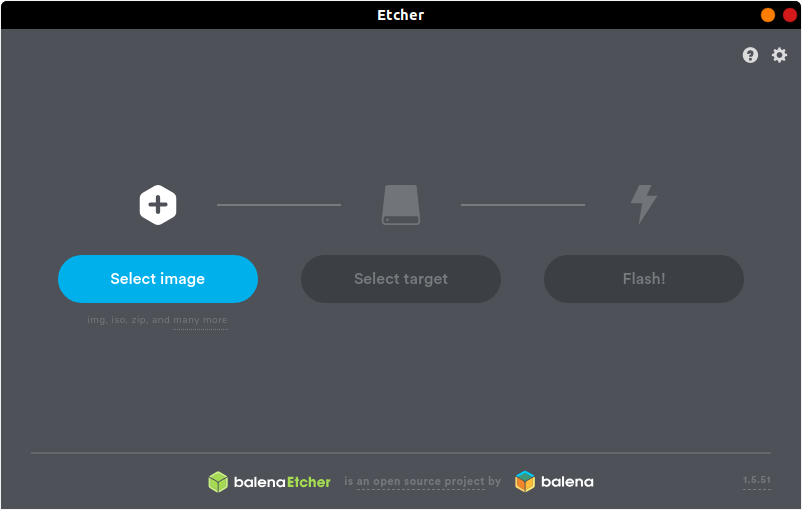 - [Etcher](https://www.balena.io/etcher/) is a quick and easy way to burn ISO images to CDs and USB devices. There are two different ways you can install this program. First, you can navigate to the [official @@ -56,9 +53,6 @@ sudo pacman -S etcher ## Atom -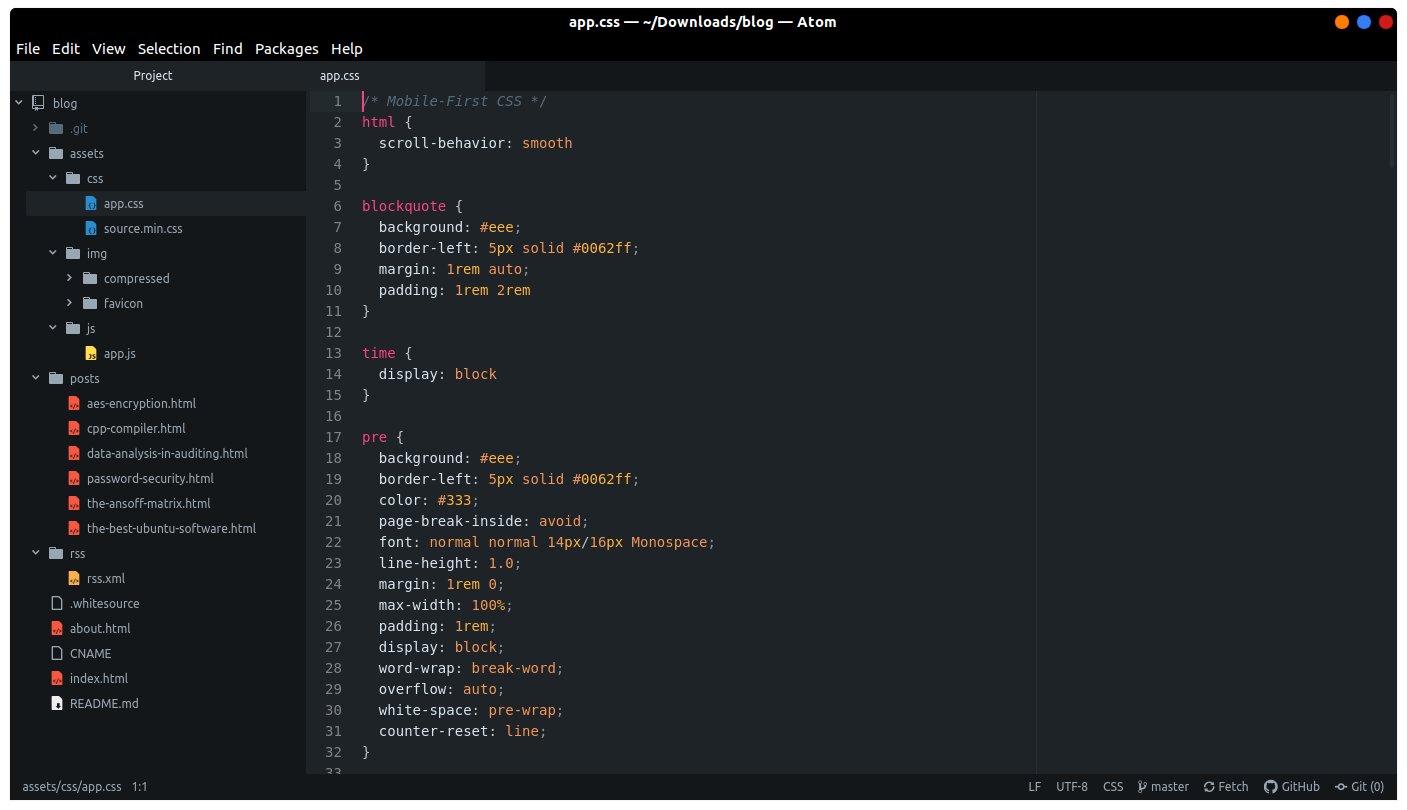 - [Atom](https://atom.io) is the self-proclaimed "hackable text editor for the 21st century". This text editor is made by GitHub, [now owned by Microsoft](https://news.microsoft.com/2018/06/04/microsoft-to-acquire-github-for-7-5-billion/), @@ -102,9 +96,6 @@ sudo pacman -S atom ## Visual Studio Code -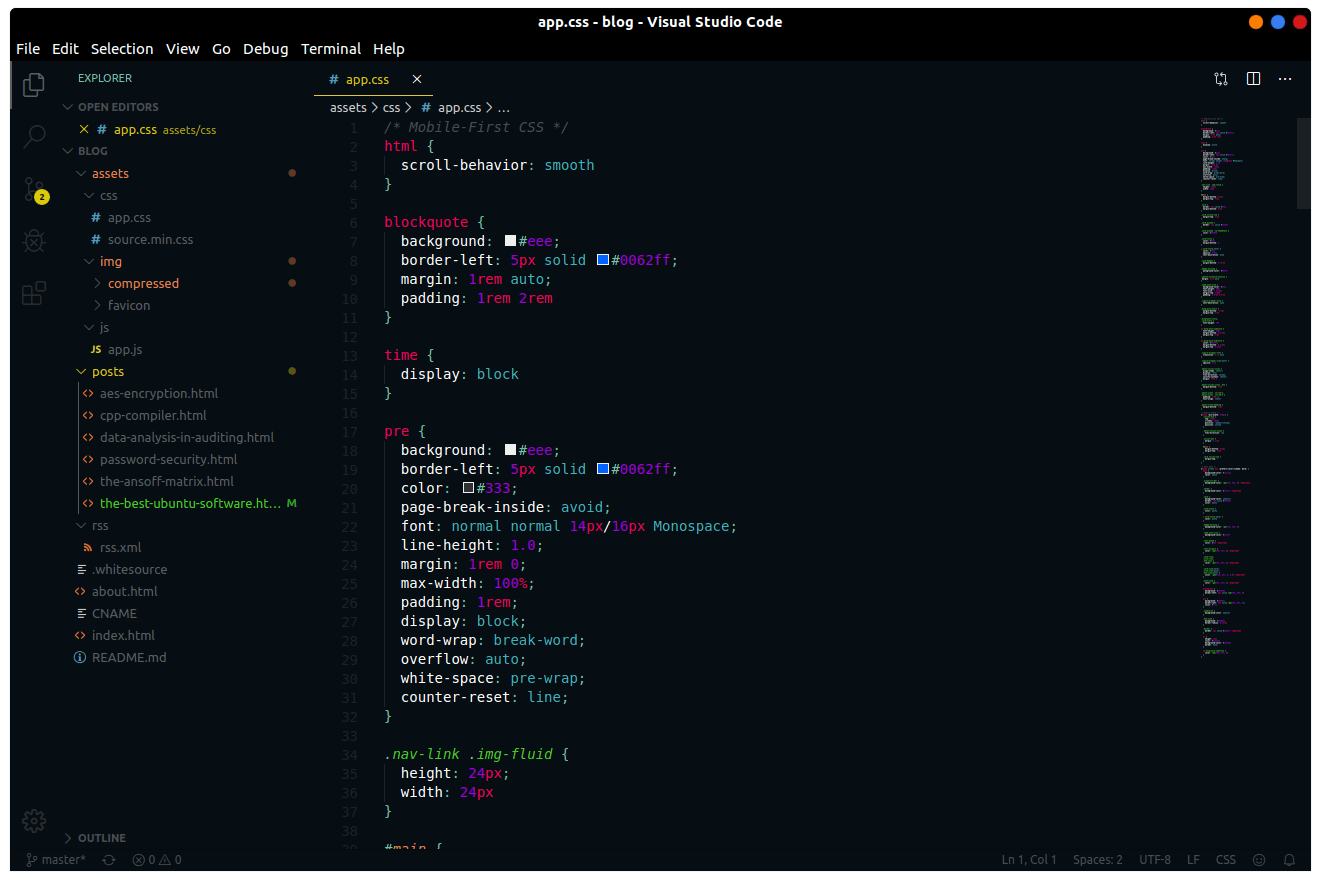 - [Visual Studio Code](https://code.visualstudio.com) is yet another fantastic choice for programming on Linux, especially if you need those extra add-ons to spice up your late-night coding sessions. The theme used in the screenshot is @@ -138,9 +129,6 @@ sudo pacman -S yay binutils make gcc pkg-config fakeroot yay -S visual-studio-co ## GNOME Tweaks -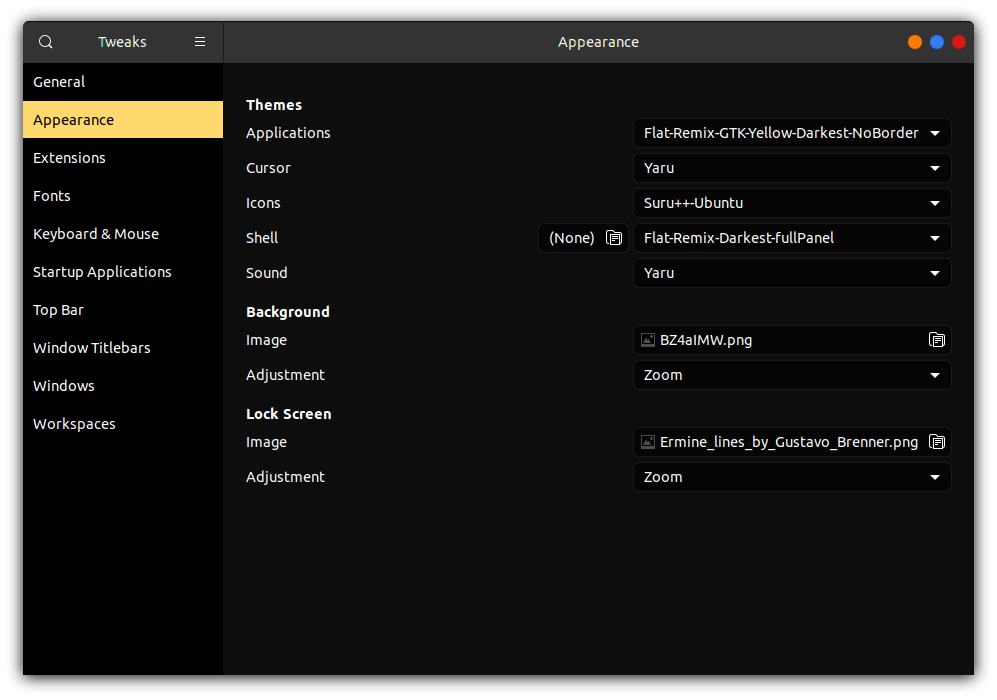 - [Gnome Tweaks](https://gitlab.gnome.org/GNOME/gnome-tweaks) is the ultimate tool to use if you want to customize your GNOME desktop environment. This is how you can switch application themes (GTK), shell themes, icons, fonts, and more. To @@ -160,9 +148,6 @@ sudo dnf install gnome-tweaks ## Steam - - [Steam](https://steampowered.com) is one of the most popular gaming libraries for computers and is one of the main reasons that many people have been able to switch to Linux in recent years, thanks to Steam Proton, which makes it easier @@ -207,9 +192,6 @@ Here.](./2020-01-26-steam-on-ntfs-drives.html) ## neofetch -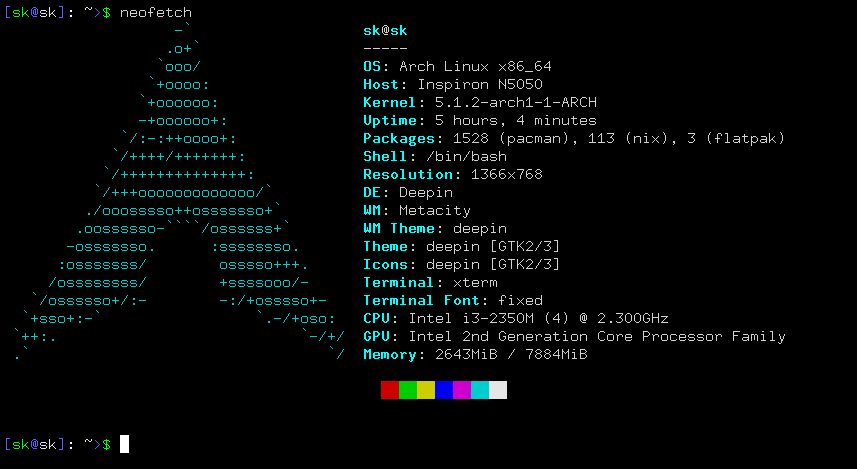 - [Neofetch](https://github.com/dylanaraps/neofetch) is a customizable tool used in the command-line to show system information. This is exceptionally useful if you want to see your system's information quickly without the clutter of some @@ -237,9 +219,6 @@ sudo pacman -S neofetch ## yt-dlp - - [yt-dlp](https://github.com/yt-dlp/yt-dlp) is an extremely handy command-line tool that allows you to download video or audio files from various websites, such as YouTube. There are a ton of different options when running this package, diff --git a/content/blog/2020-01-26-steam-on-ntfs.md b/content/blog/2020-01-26-steam-on-ntfs.md index 187aaba..55b02ee 100644 --- a/content/blog/2020-01-26-steam-on-ntfs.md +++ b/content/blog/2020-01-26-steam-on-ntfs.md @@ -7,9 +7,6 @@ draft = false # Auto-Mount Steam Drives - - If you want to see how to install Steam on Linux, see my other post: [Linux Software](../linux-software/). diff --git a/content/blog/2020-03-25-session-messenger.md b/content/blog/2020-03-25-session-messenger.md index 7b283eb..1b9d544 100644 --- a/content/blog/2020-03-25-session-messenger.md +++ b/content/blog/2020-03-25-session-messenger.md @@ -71,9 +71,6 @@ following command: sudo chmod u+x session-messenger-desktop-linux-x86_64-1.0.5.AppImage ``` -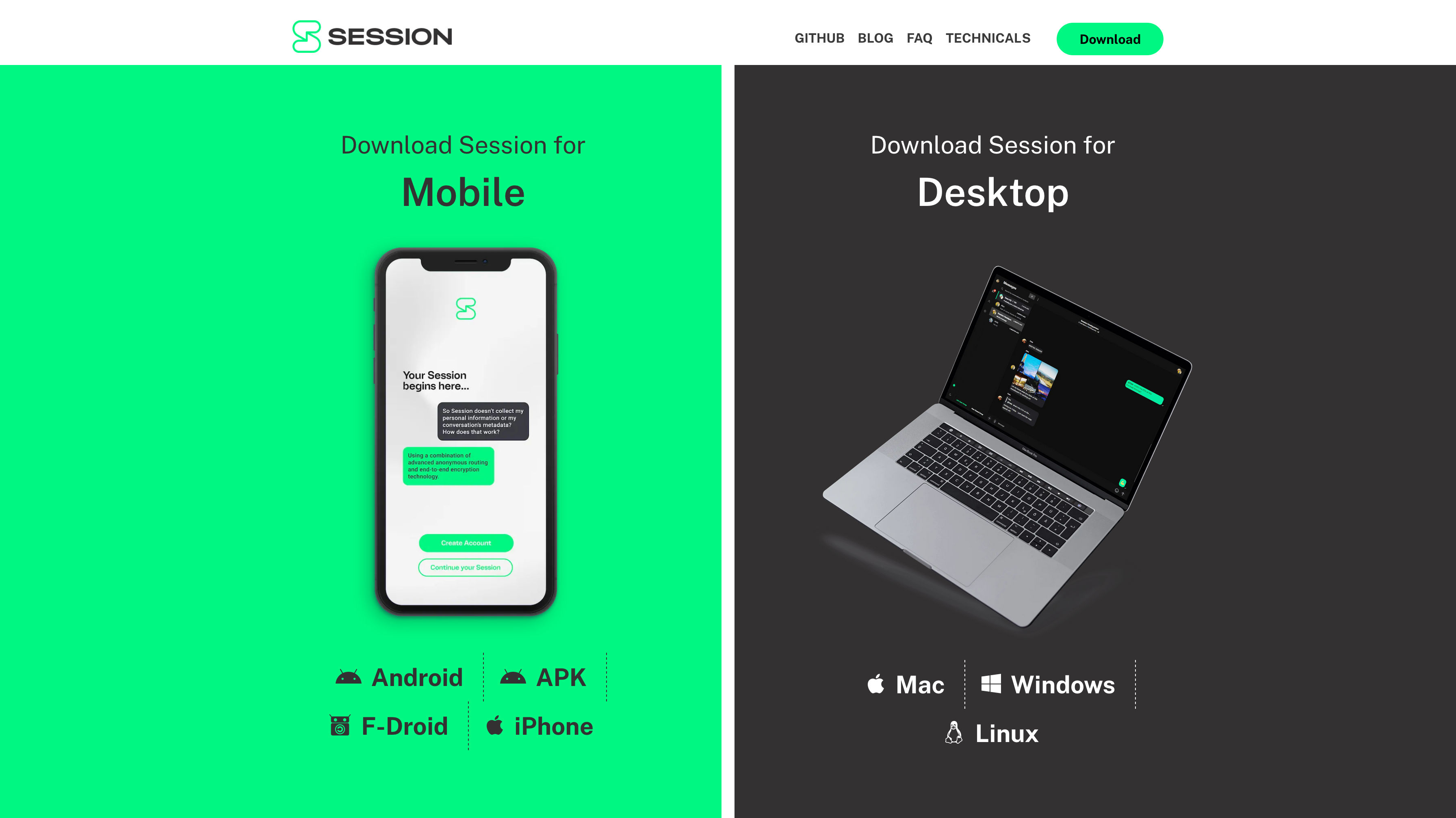 - # Creating an Account Once you've installed the app, simply run the app and create your unique Session @@ -83,15 +80,6 @@ ID. It will look something like this: You'll need to set a display name and, optionally, a password. If you set a password, you will need to enter it every time you open the app. - - -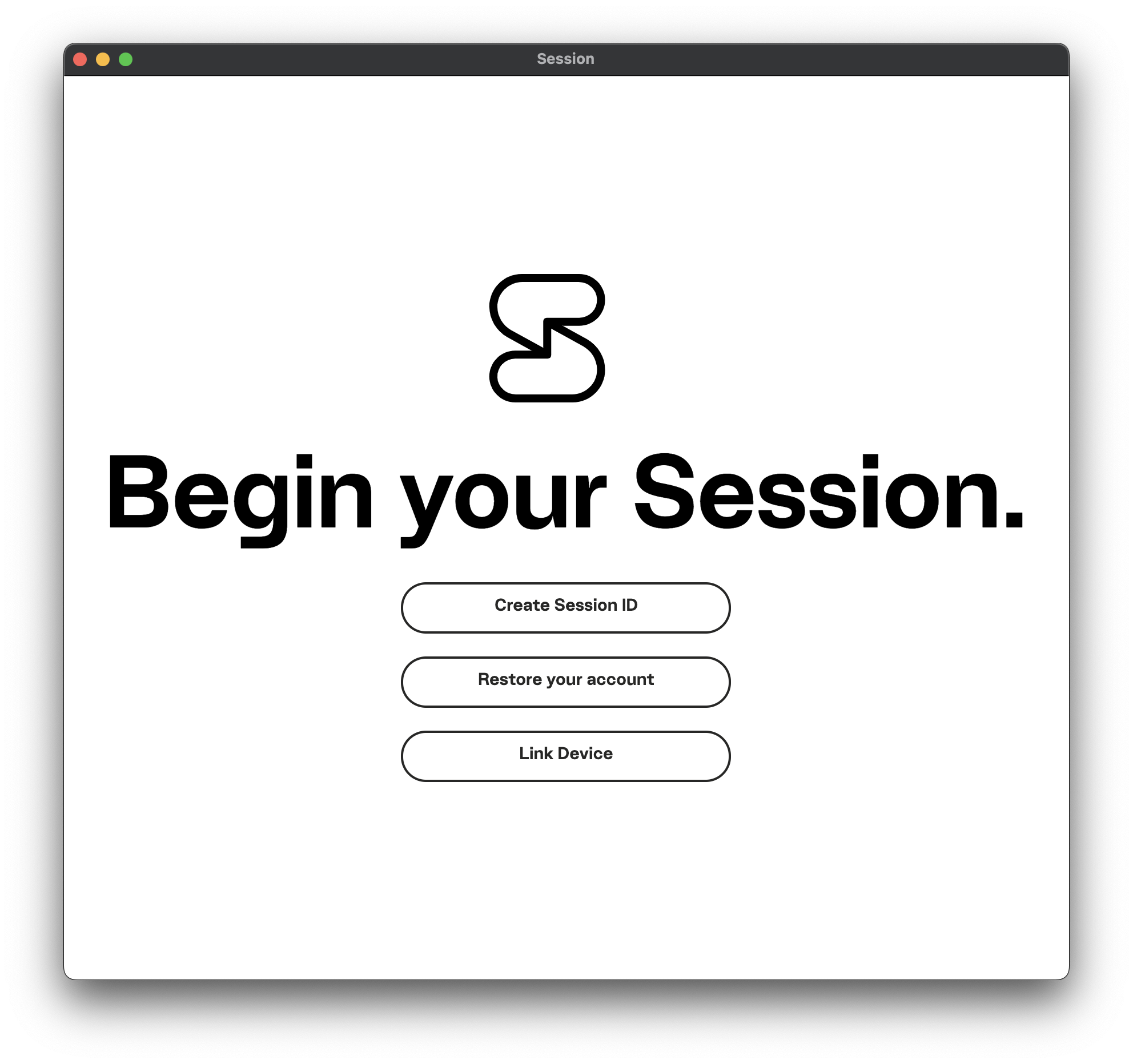 - -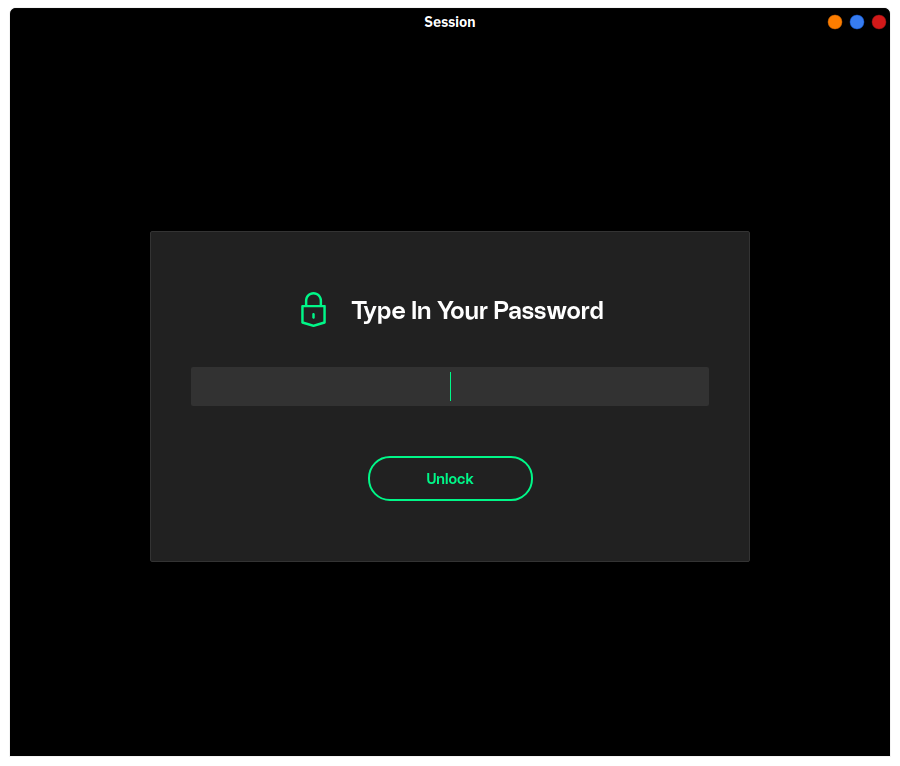 - # Start Messaging Once you've created your account and set up your profile details, the next step @@ -101,23 +89,14 @@ any other messaging app, so I won't dive into much detail here. ## macOS -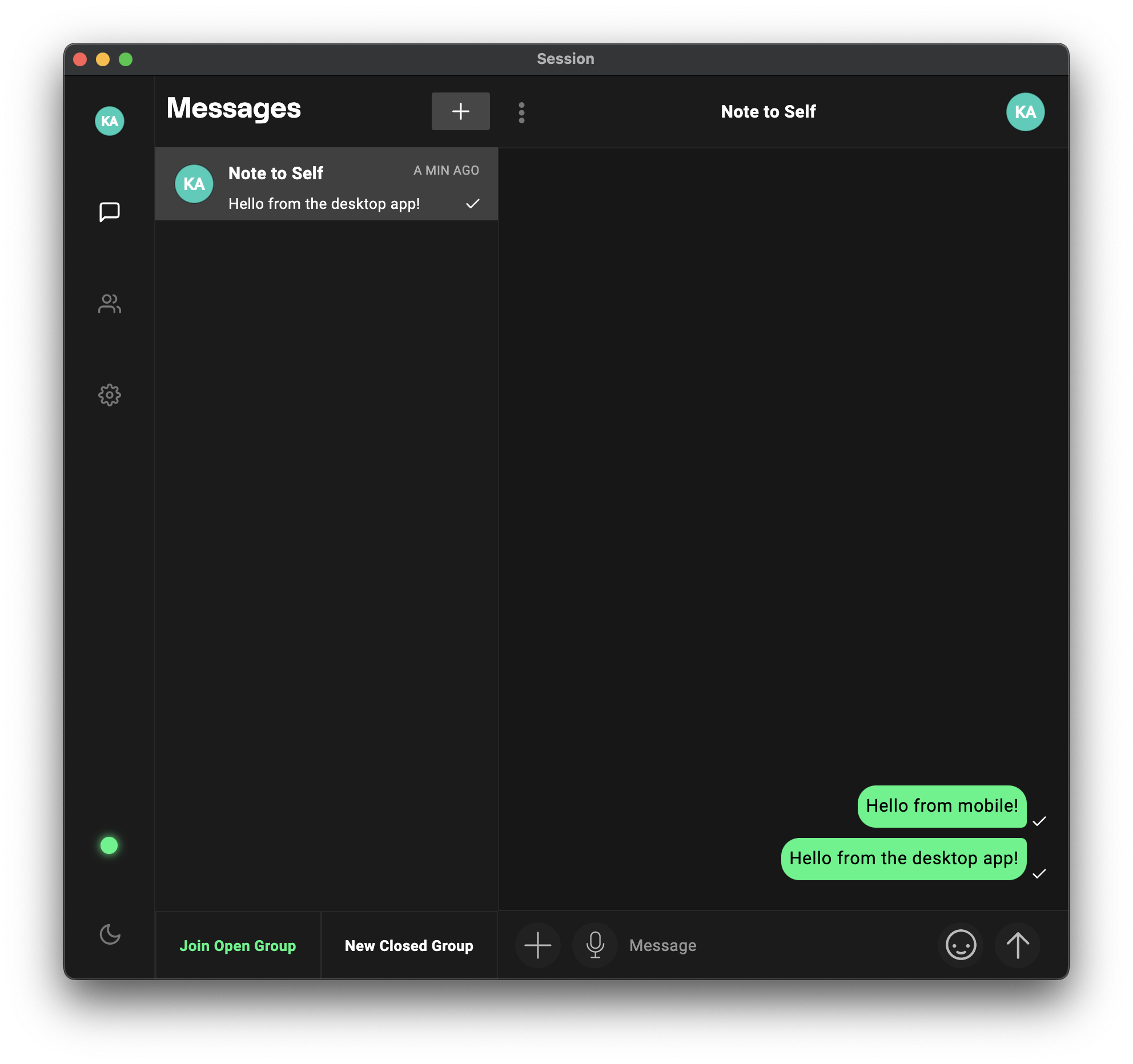 - One key feature to note is that the desktop application now provides a helpful pop-up box explaining the process that Session uses to hide your IP address: -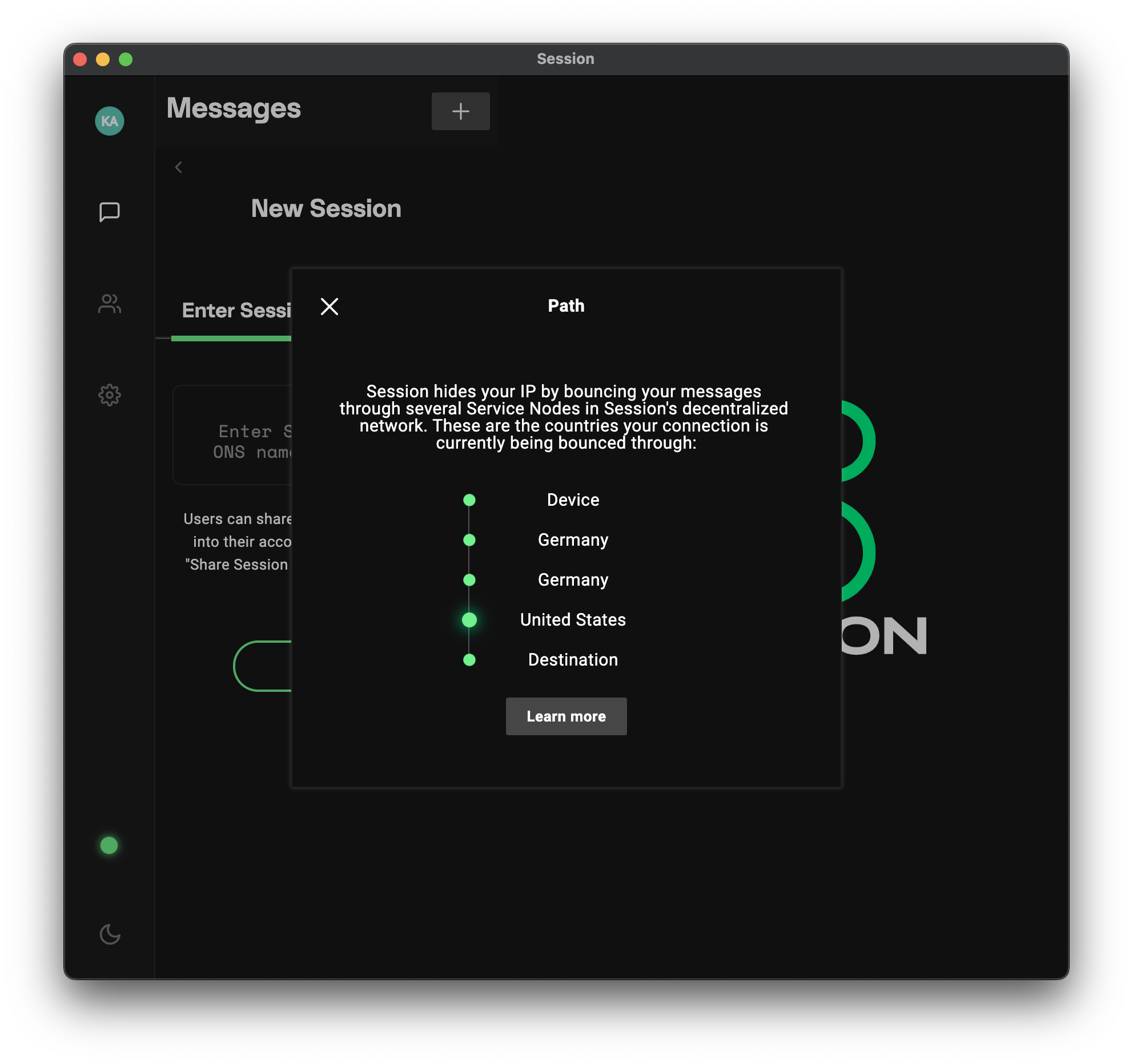 - ## iOS The mobile app is quite simple and effective, giving you all the standard mobile messaging options you'd expect. - - # Potential Issues I've discovered one annoying issue that would prevent from using this app diff --git a/content/blog/2020-05-03-homelab.md b/content/blog/2020-05-03-homelab.md index c0a53e9..73dc988 100644 --- a/content/blog/2020-05-03-homelab.md +++ b/content/blog/2020-05-03-homelab.md @@ -19,10 +19,7 @@ done so far in my homelab is fairly low-budget. # Hardware -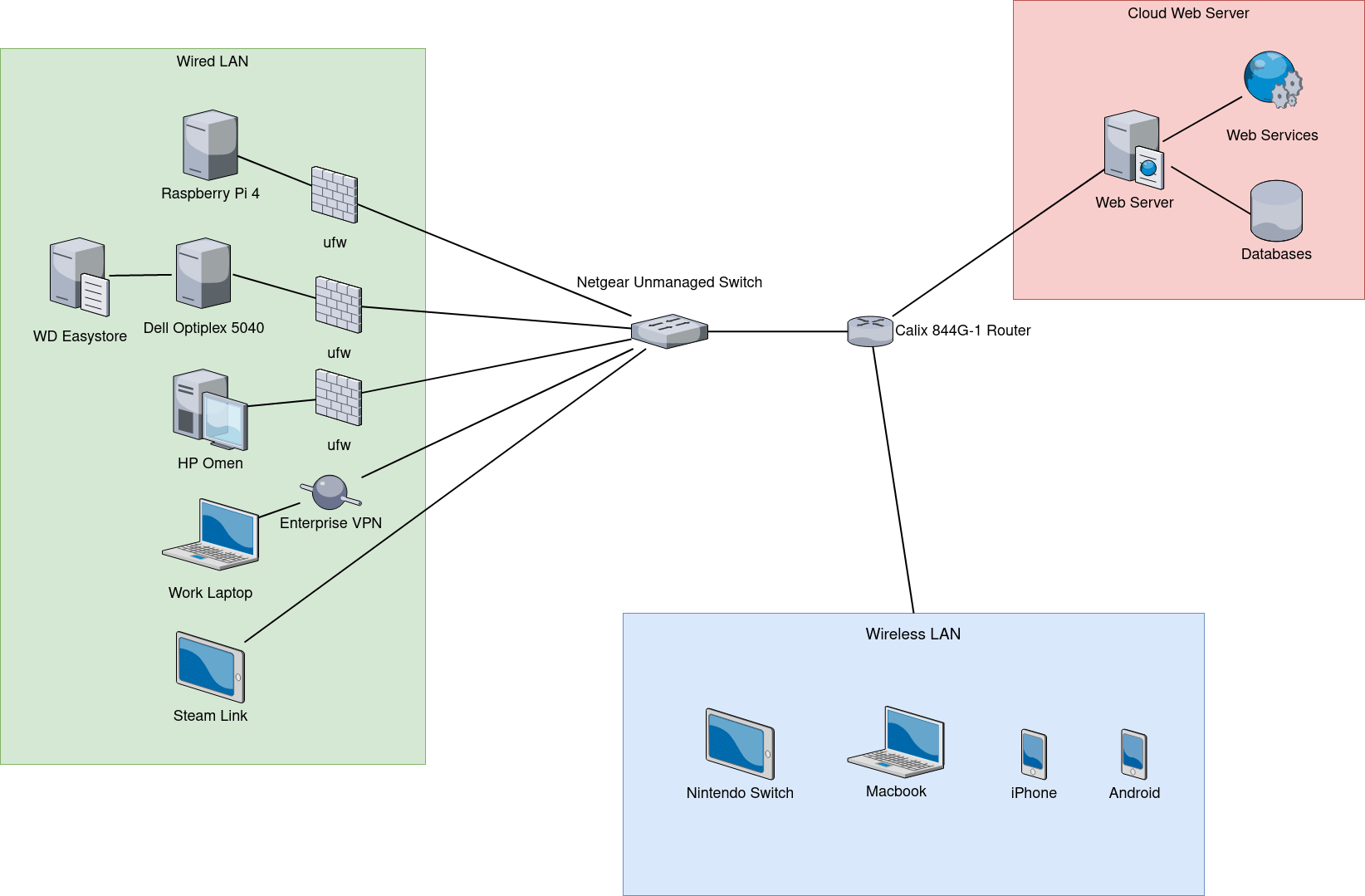 - -### Raspberry Pi 4 +## Raspberry Pi 4 Luckily, I had actually purchased a [Raspberry Pi 4](https://www.raspberrypi.org/products/raspberry-pi-4-model-b/) before the diff --git a/content/blog/2020-05-19-customizing-ubuntu.md b/content/blog/2020-05-19-customizing-ubuntu.md index ca79afc..ae4efb0 100644 --- a/content/blog/2020-05-19-customizing-ubuntu.md +++ b/content/blog/2020-05-19-customizing-ubuntu.md @@ -24,9 +24,6 @@ tutorials out there on customizations. ## Required Tools -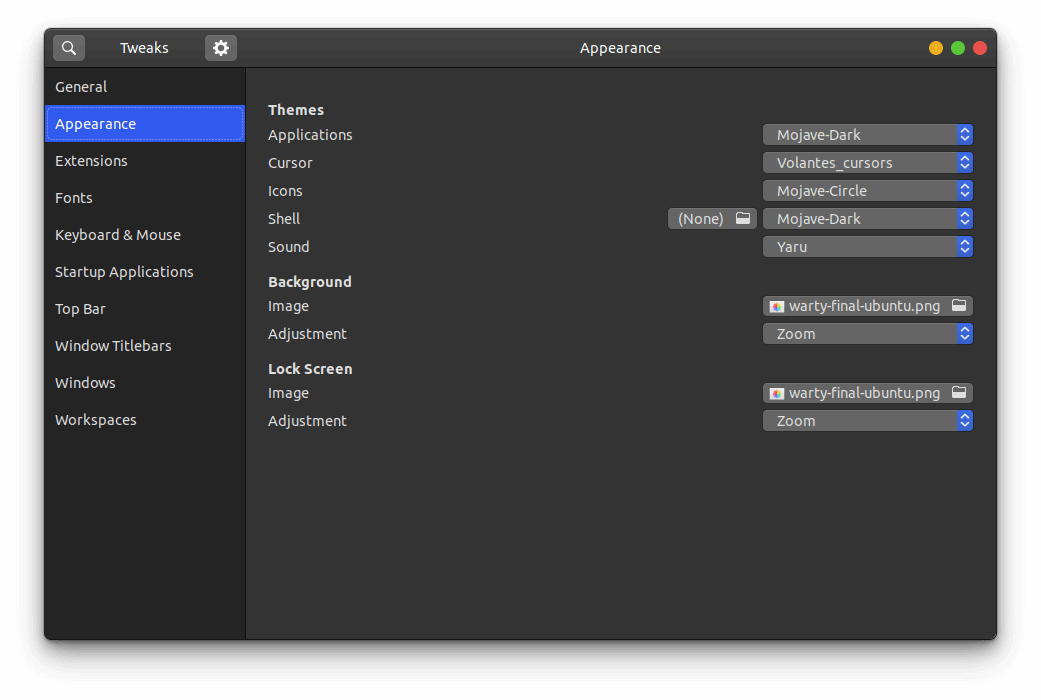 - Ubuntu 20.04 ships with the default desktop environment [Gnome](https://www.gnome.org/), which includes the handy `gnome-tweaks` tool to quickly change designs. To install this, just open your terminal and enter the @@ -91,9 +88,6 @@ extensions, you will first need to install the browser extension that the website instructs you to. See this screenshot for the blue box with a link to the extension. -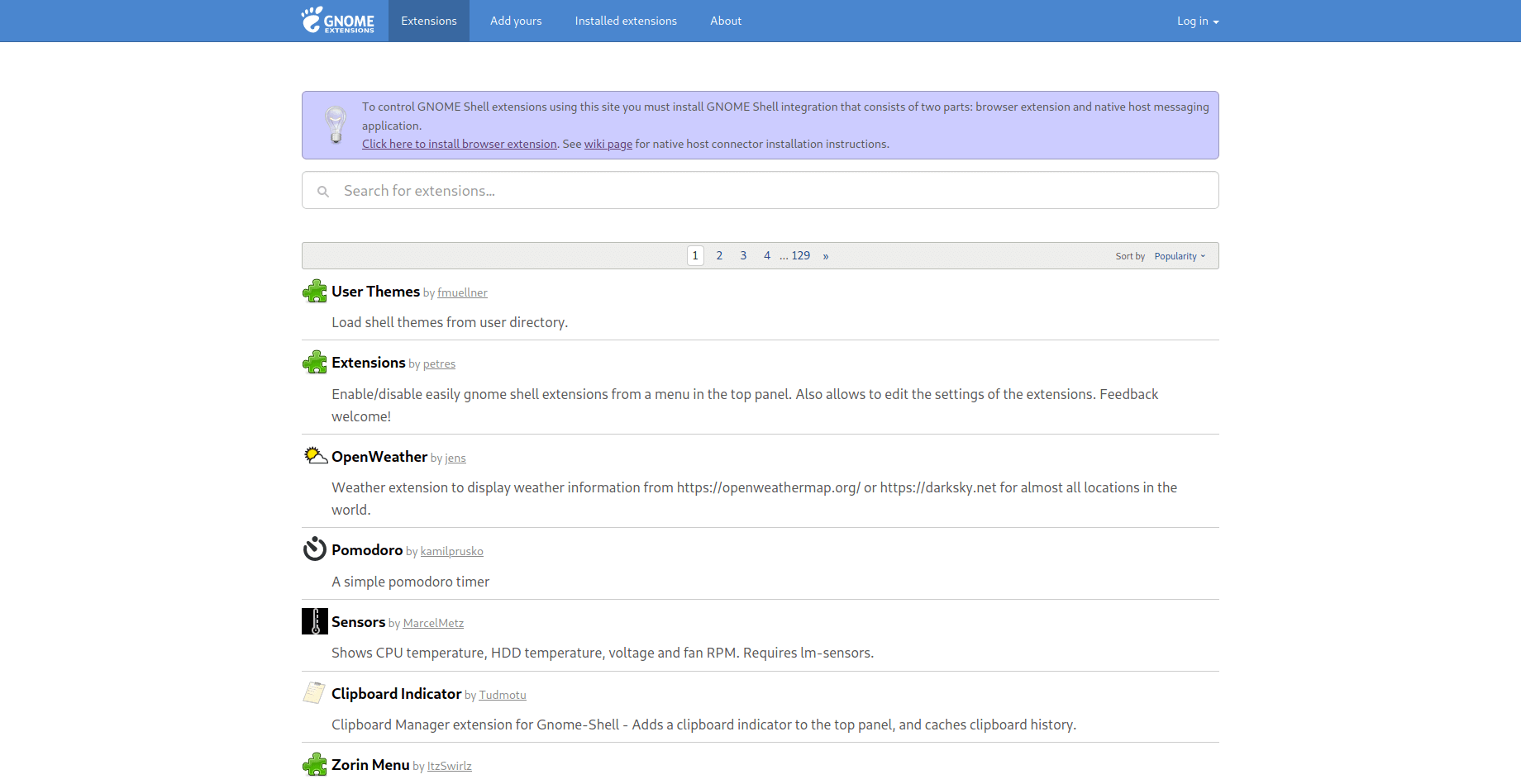 - After the browser extension is installed, you will need to install the native host connector: diff --git a/content/blog/2020-07-20-video-game-sales.md b/content/blog/2020-07-20-video-game-sales.md index 1ada35d..9b78e9b 100644 --- a/content/blog/2020-07-20-video-game-sales.md +++ b/content/blog/2020-07-20-video-game-sales.md @@ -43,9 +43,6 @@ df = pd.read_csv(file) df ``` -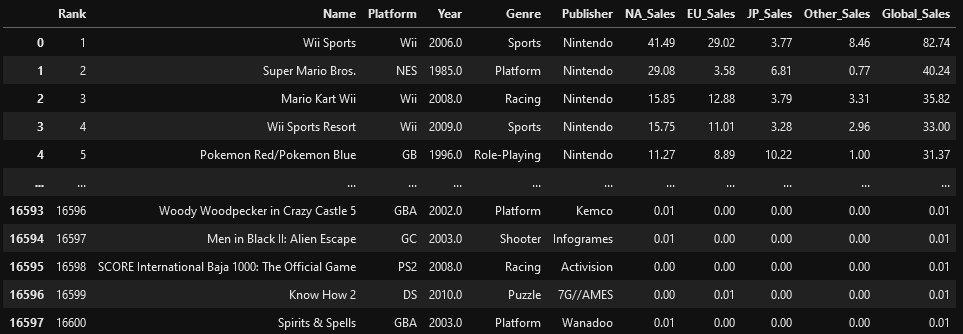 - # Explore the Data ```python @@ -54,8 +51,6 @@ Results](https://img.cleberg.net/blog/20200720-data-exploration-video-game-sales df.describe() ``` -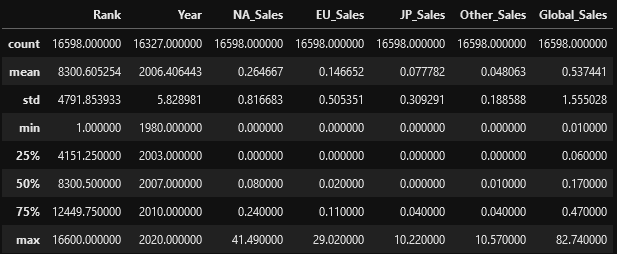 - ```python # This function shows the rows and columns of NaN values. For example, df[179,3] = nan np.where(pd.isnull(df)) @@ -71,25 +66,16 @@ np.where(pd.isnull(df)) sns.catplot(x='Platform', y='Global_Sales', data=df, jitter=False).set_xticklabels(rotation=90) ``` -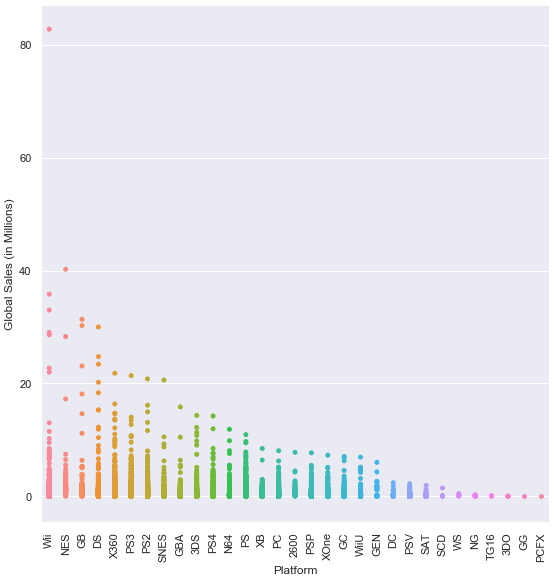 - ```python # This function plots the global sales by genre sns.catplot(x='Genre', y='Global_Sales', data=df, jitter=False).set_xticklabels(rotation=45) ``` -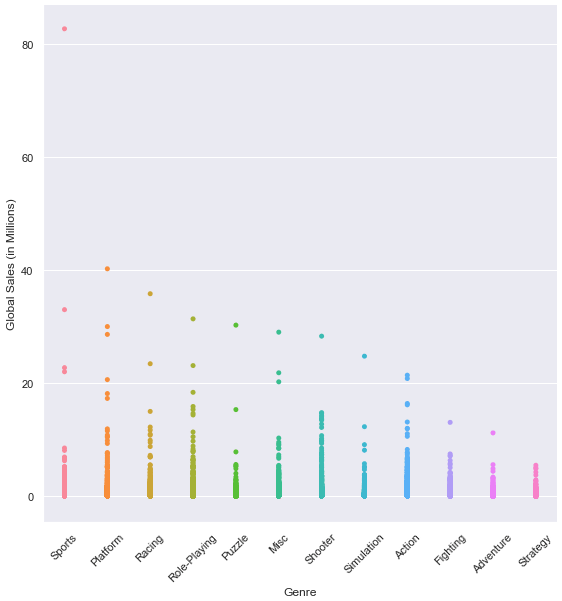 - ```python # This function plots the global sales by year sns.lmplot(x='Year', y='Global_Sales', data=df).set_xticklabels(rotation=45) ``` - - ```python # This function plots four different lines to show sales from different regions. # The global sales plot line is commented-out, but can be included for comparison @@ -116,9 +102,6 @@ ax.legend() plt.show() ``` -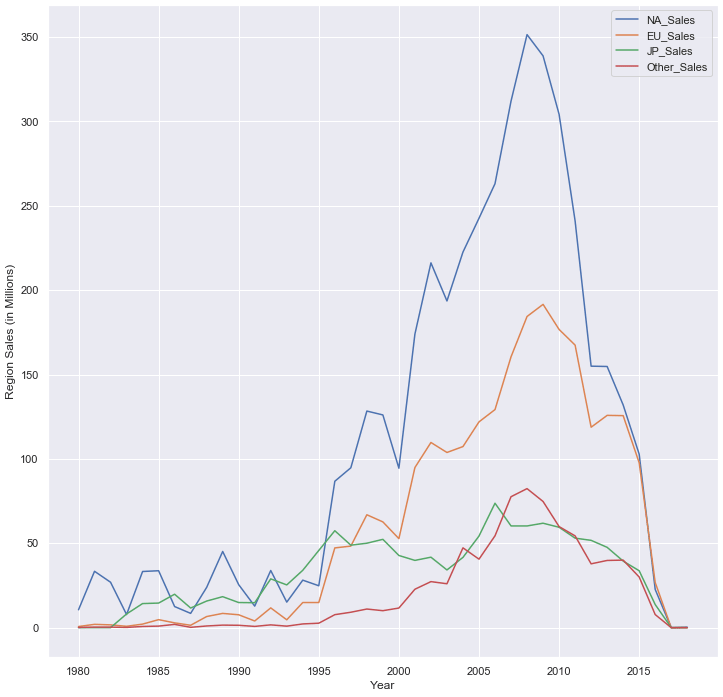 - ## Investigate Outliers ```python @@ -143,26 +126,17 @@ df3 = df[(df['Year'] == 2006)] df3.describe() ``` -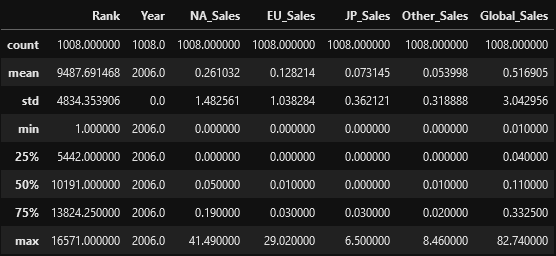 - ```python # Plot the results of the previous dataframe (games from 2006) - we can see the year's results were largely carried by Wii Sports sns.catplot(x="Genre", y="Global_Sales", data=df3, jitter=False).set_xticklabels(rotation=45) ``` -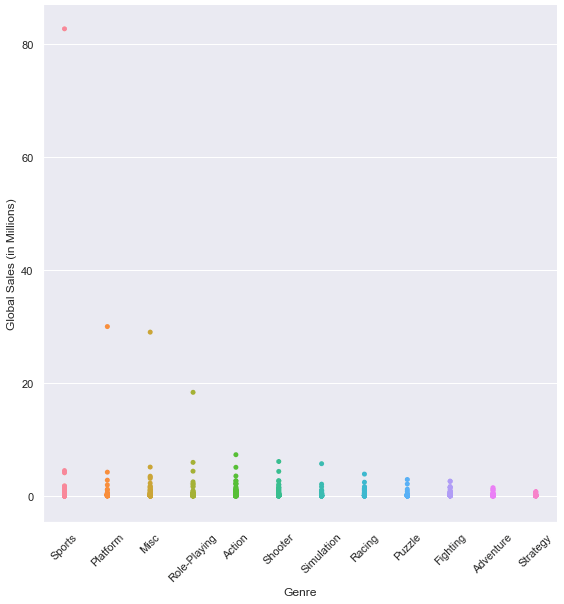 - ```python # We can see 4 outliers in the graph above, so let's get the top 5 games from that dataframe # The results below show that Nintendo had all top 5 games (3 on the Wii and 2 on the DS) df3.sort_values(by=['Global_Sales'], ascending=False).head(5) ``` - - # Discussion The purpose of exploring datasets is to ask questions, answer questions, and diff --git a/content/blog/2020-07-26-business-analysis.md b/content/blog/2020-07-26-business-analysis.md index 20fb82d..292b113 100644 --- a/content/blog/2020-07-26-business-analysis.md +++ b/content/blog/2020-07-26-business-analysis.md @@ -51,9 +51,6 @@ map_LNK = folium.Map(location=[latitude, longitude], zoom_start=12) map_LNK ``` -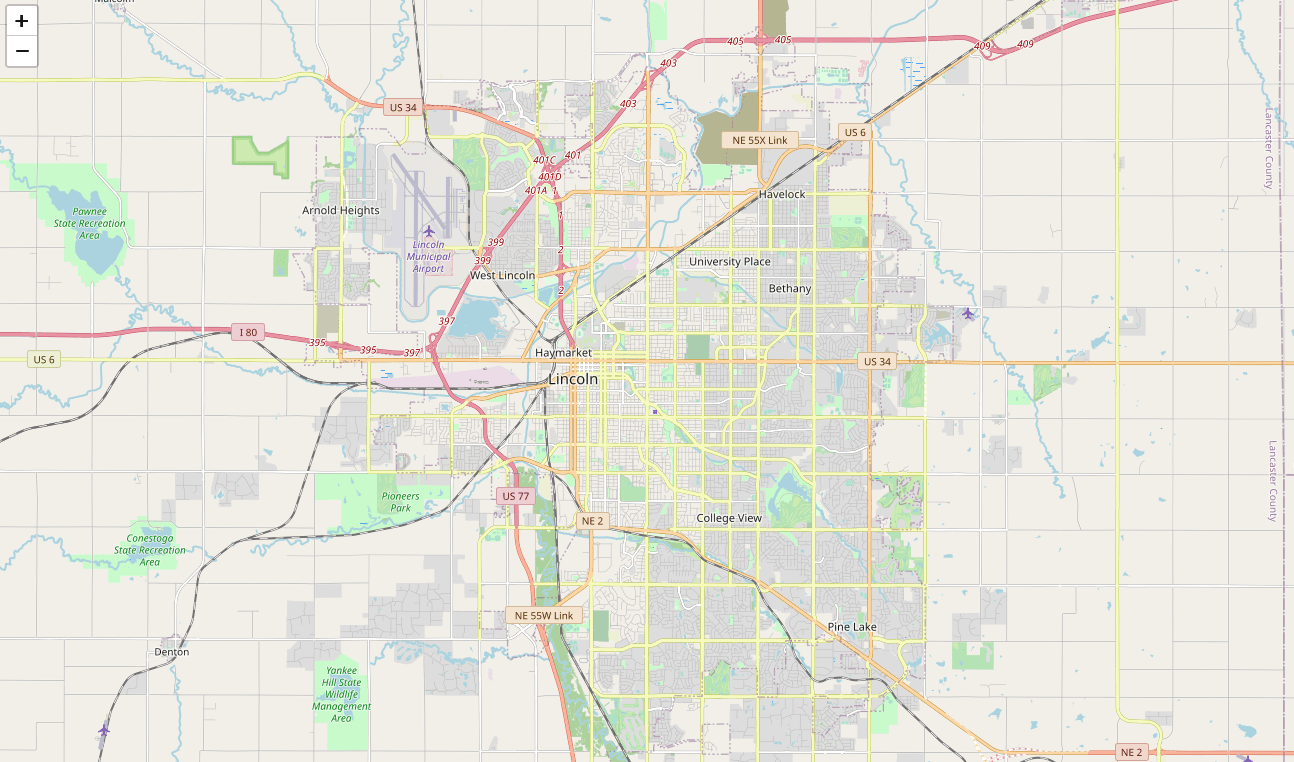 - Now that we have defined our city and created the map, we need to go get the business data. The Foursquare API will limit the results to 100 per API call, so we use our first API call below to determine the total results that Foursquare @@ -194,9 +191,6 @@ nearby_venues = nearby_venues.reset_index(drop=True) nearby_venues ``` -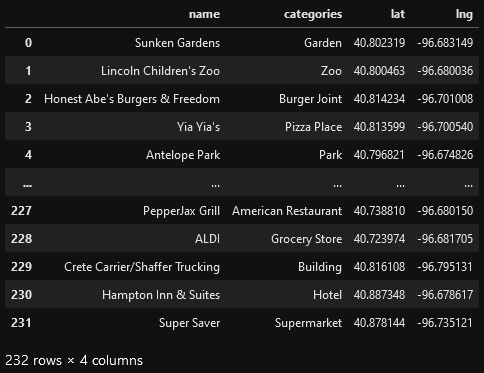 - # Visualize the Data We now have a complete, clean data set. The next step is to visualize this data @@ -221,9 +215,6 @@ for lat, lng, name, categories in zip(nearby_venues['lat'], nearby_venues['lng'] map_LNK ``` -\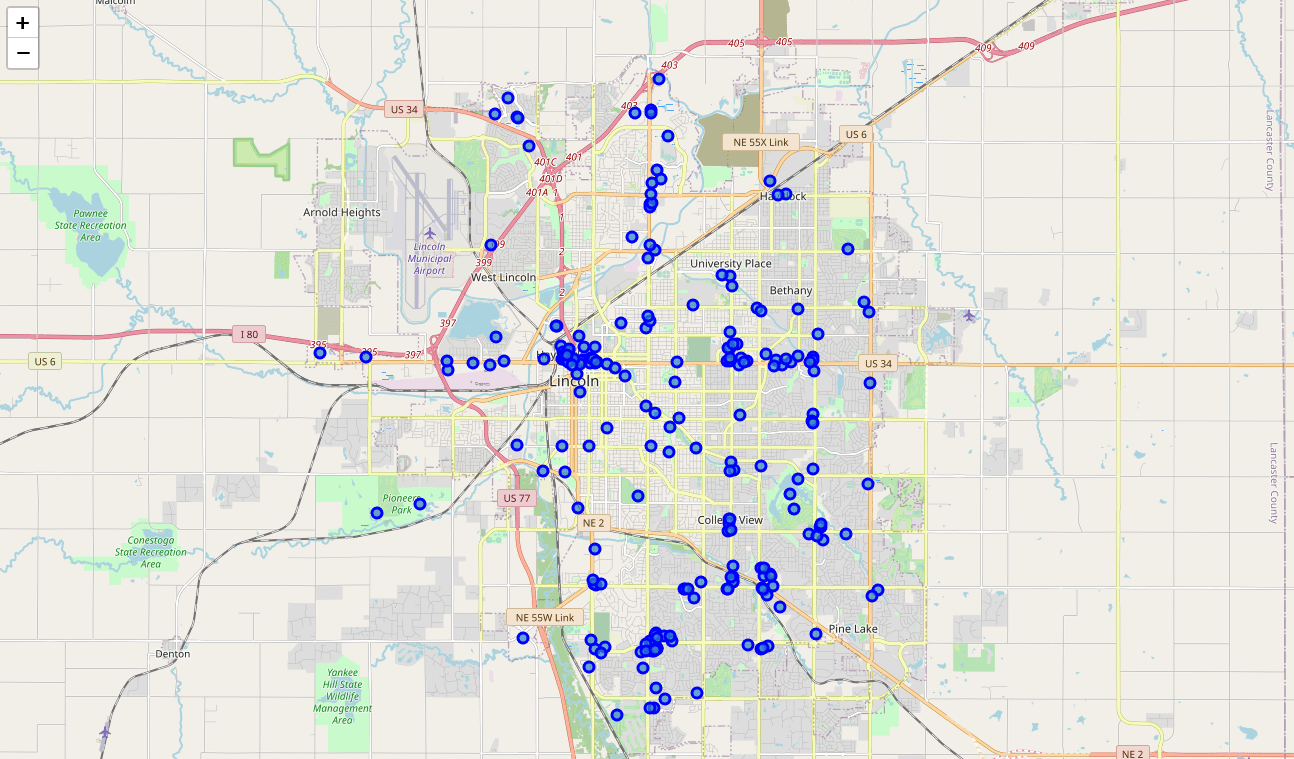 - # Clustering: _k-means_ To cluster the data, we will be using the _k-means_ algorithm. This algorithm is @@ -310,9 +301,6 @@ for lat, lng, name, categories, cluster in zip(nearby_venues['lat'], nearby_venu map_clusters ``` -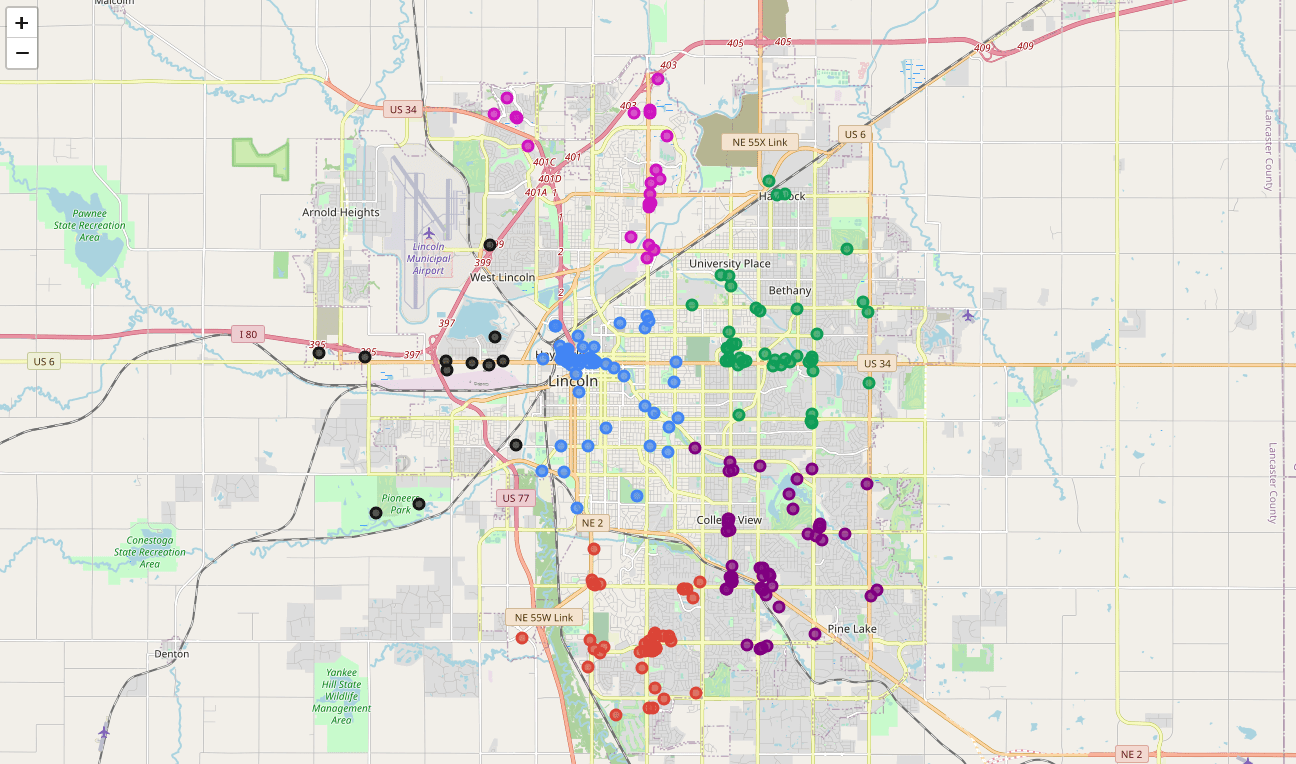 - # Investigate Clusters Now that we have figured out our clusters, let's do a little more analysis to @@ -330,9 +318,6 @@ for x in range(0,6): print("---") ``` - - Our last piece of analysis is to summarize the categories of businesses within each cluster. With these results, we can clearly see that restaurants, coffee shops, and grocery stores are the most popular. @@ -359,12 +344,6 @@ with pd.option_context('display.max_rows', None, 'display.max_columns', None): print("\n\n", "Cluster 5:", "\n", cluster5_grouped.loc[cluster5_grouped['Cluster Labels'] > 1]) ``` -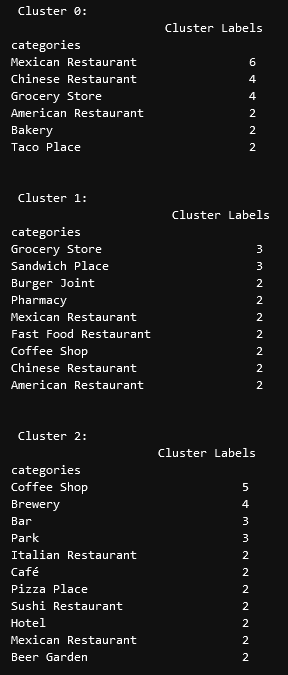 - -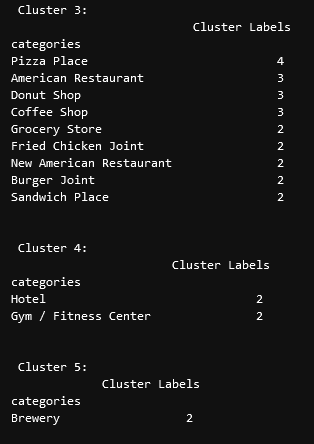 - # Discussion In this project, we gathered location data for Lincoln, Nebraska, USA and diff --git a/content/blog/2020-09-22-internal-audit.md b/content/blog/2020-09-22-internal-audit.md index 62e8da0..eab6844 100644 --- a/content/blog/2020-09-22-internal-audit.md +++ b/content/blog/2020-09-22-internal-audit.md @@ -5,9 +5,6 @@ description = "" draft = false +++ -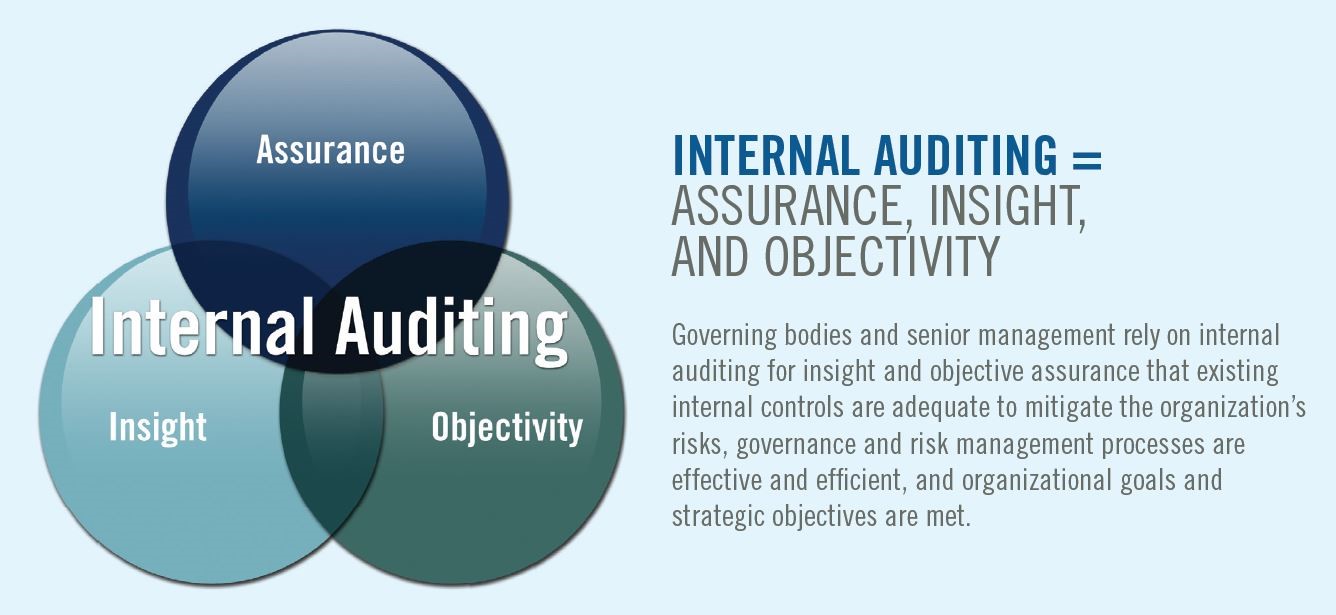 - # Definitions One of the many reasons that Internal Audit needs such thorough explaining to @@ -102,18 +99,11 @@ audit work. # Three Lines of Defense [The IIA](https://theiia.org) released the original Three Lines of Defense model -in 2013, but have released an updated version in 2020. Here is what the Three -Lines of Defense model has historically looked like: - -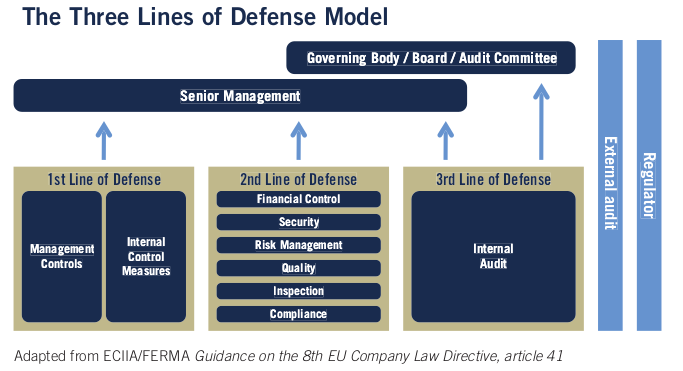 +in 2013, but have released an updated version in 2020. I won't go into depth about the changes made to the model in this article. Instead, let's take a look at the most current model. -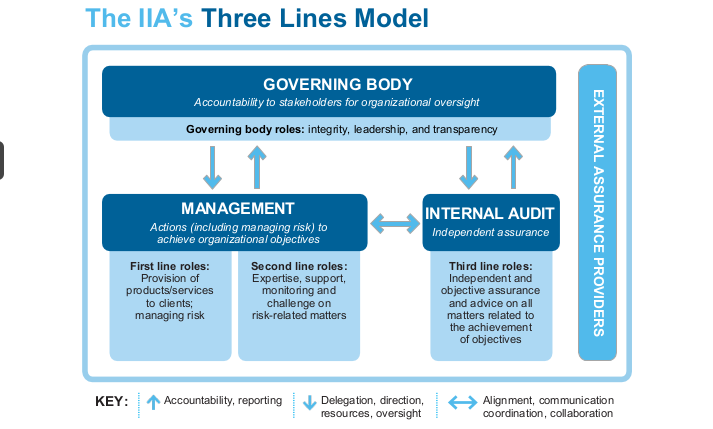 - The updated model forgets the strict idea of areas performing their own functions or line of defense. Instead of talking about management, risk, and internal audit as 1-2-3, the new model creates a more fluid and cooperative @@ -140,9 +130,6 @@ However, certain special projects or abnormal business areas may call for changes to the audit process. The audit process is not set in stone, it's simply a set of best practices so that audits can be performed consistently. -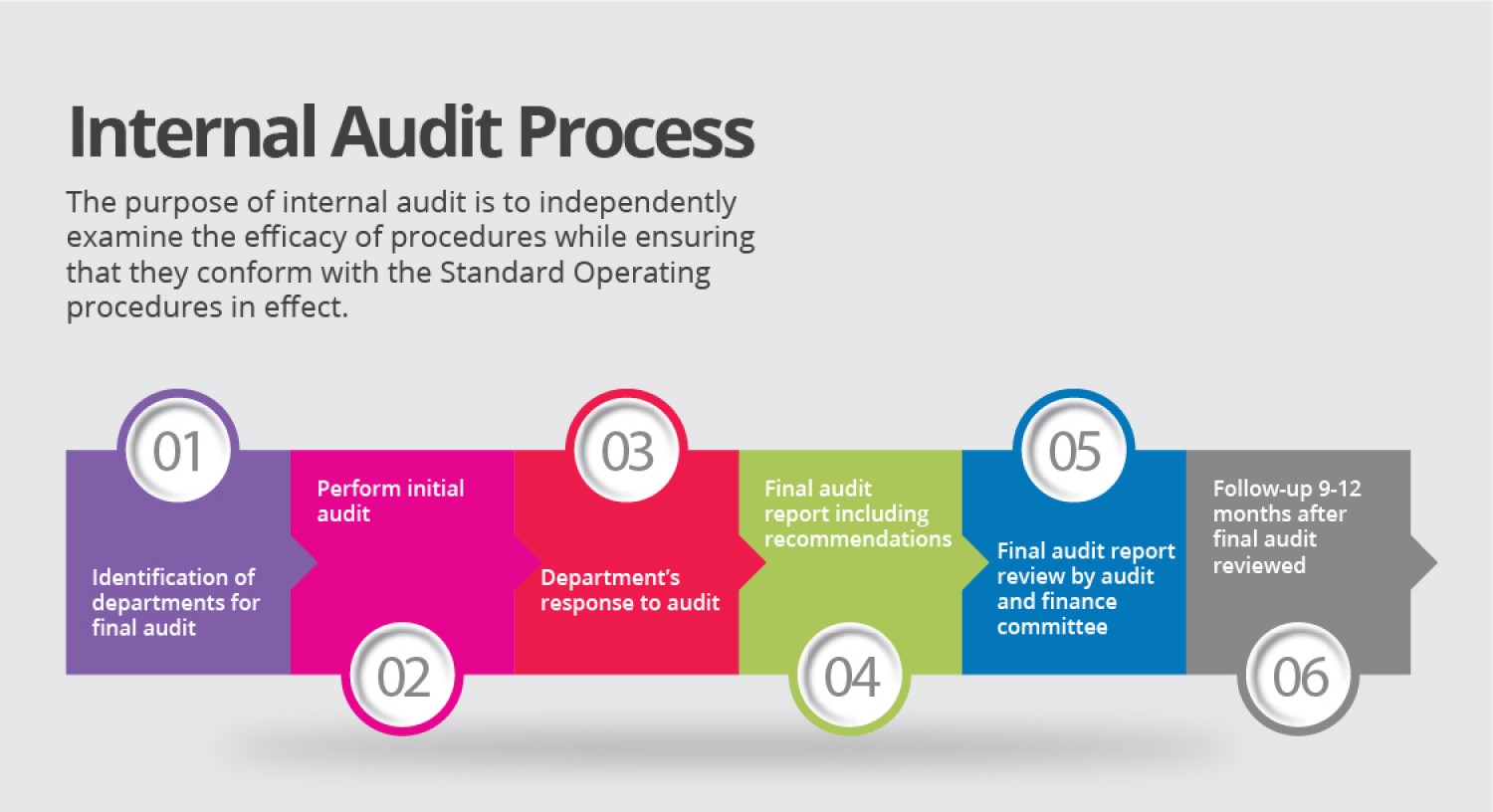 - While different organizations may tweak the process, it will generally follow this flow: @@ -233,9 +220,6 @@ and file issues that could have been fixed at the beginning. # Data Science & Data Analytics -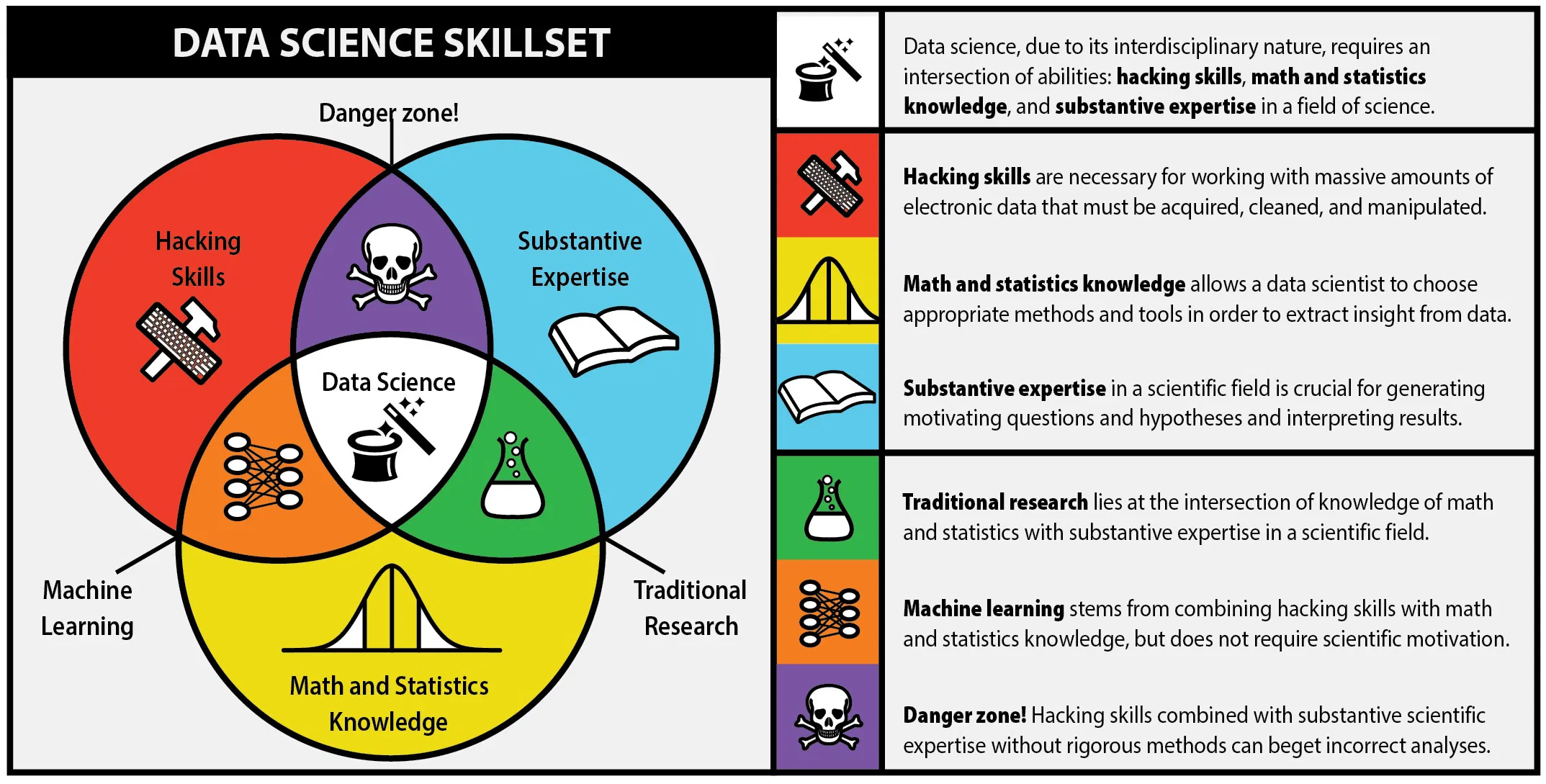 - One major piece of the internal audit function in the modern world is data science. While the process is data science, most auditors will refer to anything in this realm as data analytics. Hot topics such as robotic process automation diff --git a/content/blog/2020-09-25-happiness-map.md b/content/blog/2020-09-25-happiness-map.md index f150ea6..ffd8466 100644 --- a/content/blog/2020-09-25-happiness-map.md +++ b/content/blog/2020-09-25-happiness-map.md @@ -64,9 +64,6 @@ geo_data = gpd.read_file('https://raw.githubusercontent.com/datasets/geo-countri geo_data.head() ``` - - Next, let's load the data from the Kaggle dataset. I've downloaded this file, so update the file path if you have it somewhere else. After loading, let's take a look at this dataframe: @@ -77,9 +74,6 @@ happy_data = pd.read_csv(r'~/Downloads/world_happiness_data_2019.csv') happy_data.head() ``` - - # Clean the Data Some countries need to be renamed, or they will be lost when you merge the @@ -126,9 +120,6 @@ merged_df = merged_df.rename(columns = {'ADMIN':'GeoJSON_Country'}) merged_df = merged_df.rename(columns = {'Country or region':'Country'}) ``` - - # Create the Map The data is finally ready to be added to a map. The code below shows the @@ -164,9 +155,6 @@ folium.Choropleth( Let's look at the resulting map. - - # Create a Tooltip on Hover Now that we have a map set up, we could stop. However, I want to add a tooltip @@ -216,8 +204,4 @@ folium.LayerControl().add_to(world_map) world_map ``` -The final image below will show you what the tooltip looks like whenever you -hover over a country. - -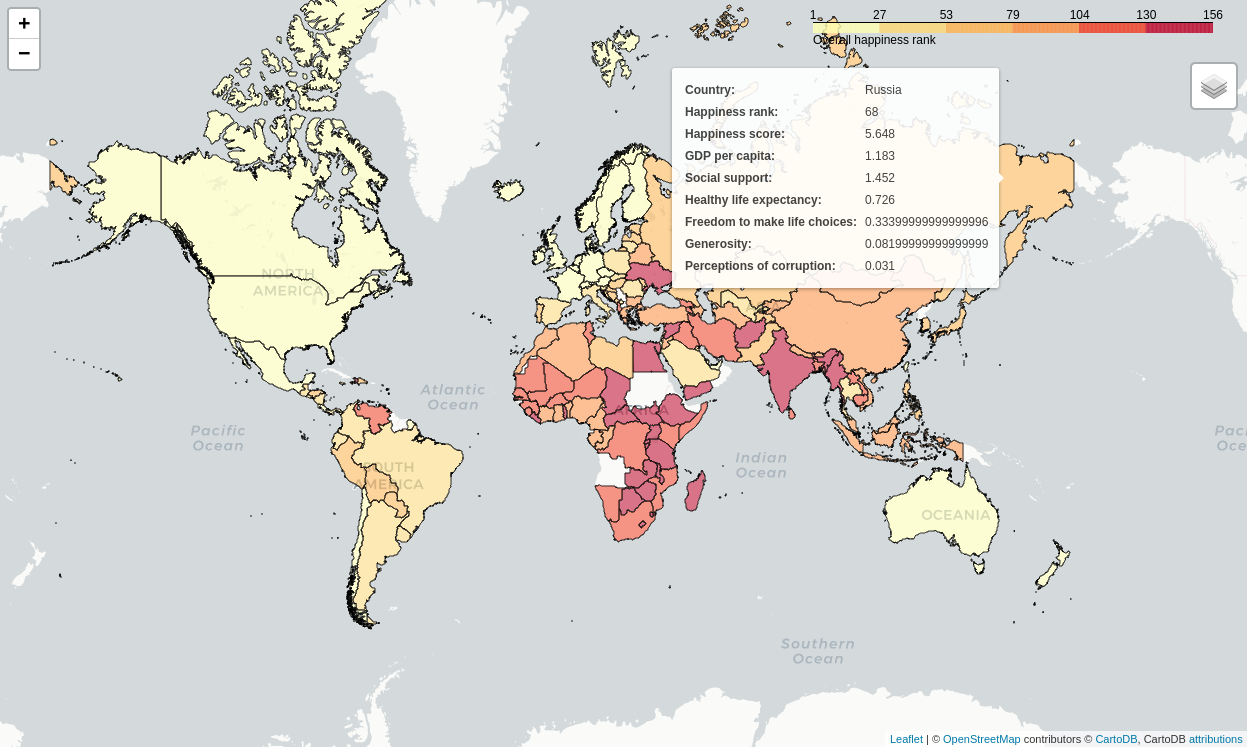 +The tooltip will now appear whenever you hover over a country. diff --git a/content/blog/2020-12-28-neon-drive.md b/content/blog/2020-12-28-neon-drive.md index 34ca045..3c31122 100644 --- a/content/blog/2020-12-28-neon-drive.md +++ b/content/blog/2020-12-28-neon-drive.md @@ -42,29 +42,18 @@ Taking a look at the main menu, you can see that Neon Drive plays into every stereotype you can think of around retro-futuristic, synthwave arcades (in a good way). -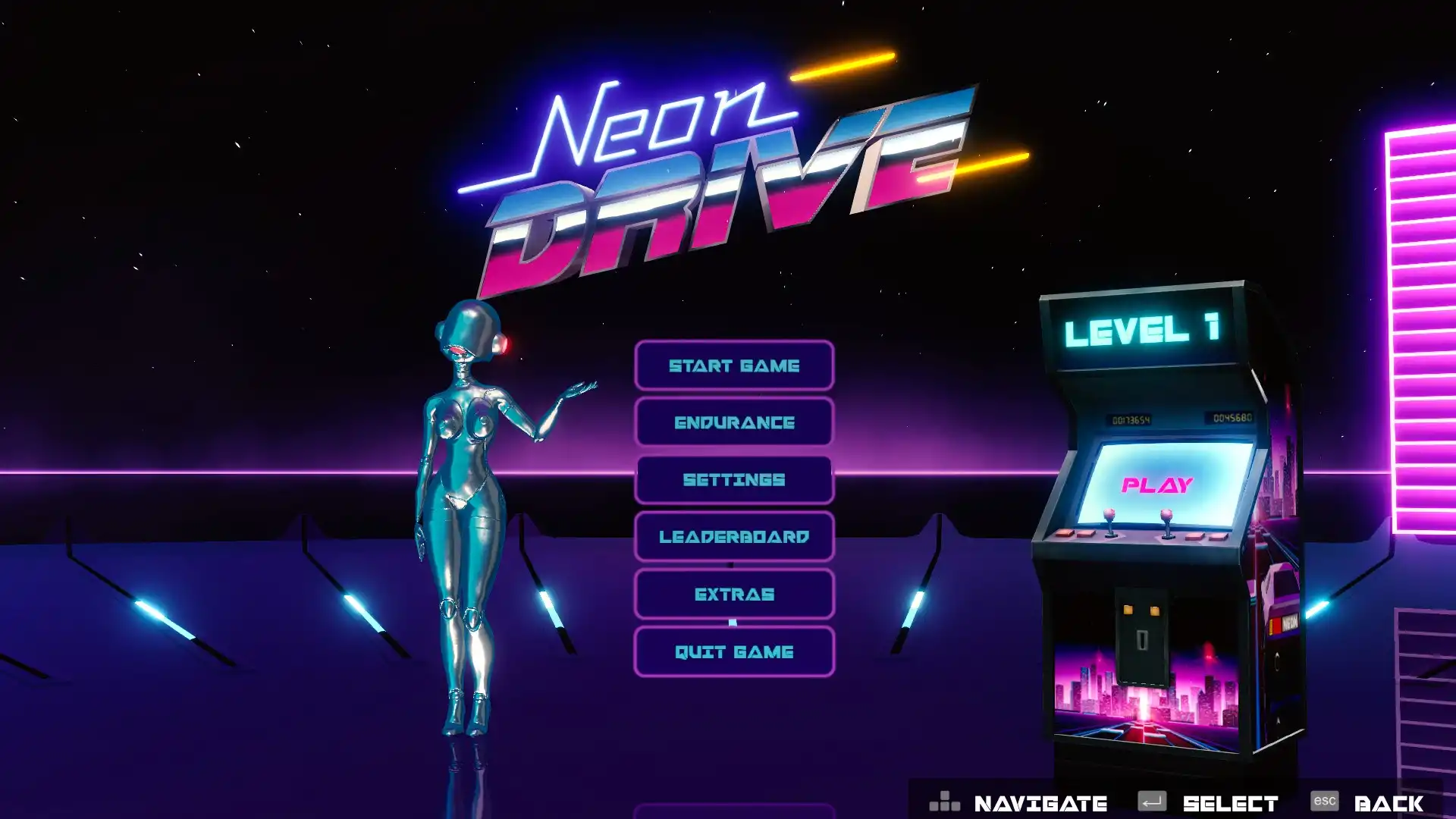 - Once you get into the first level, we see that the choice of car fits right in with the stereotypical cars of the 80s, like the [DeLorean](https://en.wikipedia.org/wiki/DMC_DeLorean) or the [Ferrari F40](https://en.wikipedia.org/wiki/Ferrari_F40). Each new level comes with new color schemes and cars, so you should never get tired of the aesthetic. - - Personally, I love the orange and blue colors used in level 2: - - If you're the competitive type and getting 100% on all arcade machines isn't enough, there are leaderboards for the regular part of the game, and the endurance game mode. -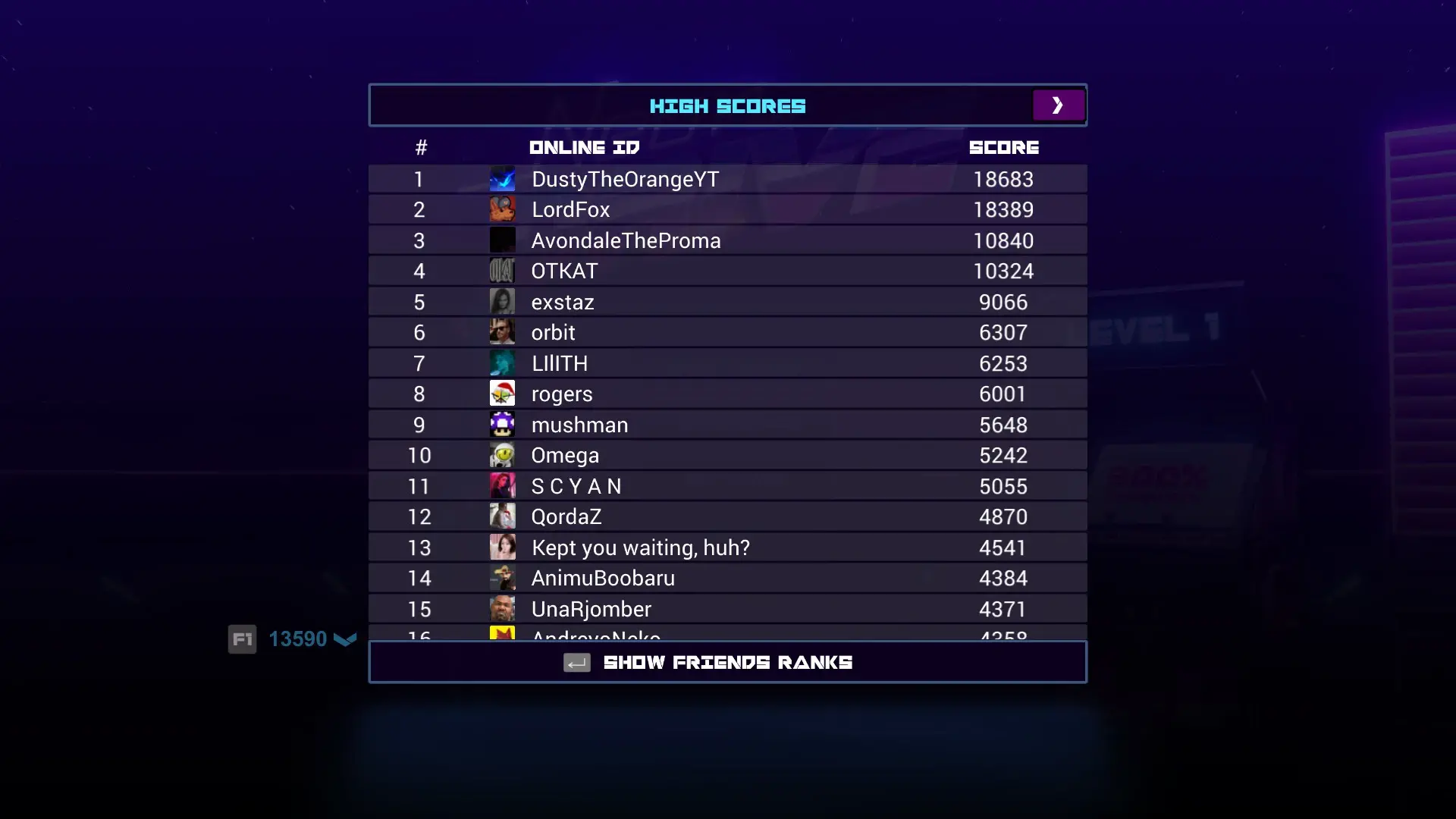 - # Other Suggestions Neon Drive sits nicely within the well-founded cult genre of Outrun. Other games diff --git a/content/blog/2020-12-29-zork.md b/content/blog/2020-12-29-zork.md index e2ccc61..ec2d461 100644 --- a/content/blog/2020-12-29-zork.md +++ b/content/blog/2020-12-29-zork.md @@ -57,21 +57,15 @@ include instructions of any kind for the player. If you haven't played text adventures before, try to use simple commands like "go west," "look around," or "hit troll with elvish sword." -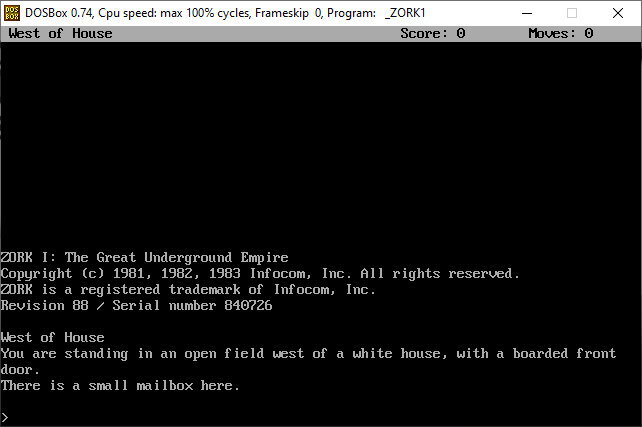 - In this second screenshot, we see the player has entered the house and found the trophy case in the living room. The lantern and sword in this room allow the player to explore dark areas and attack enemies. If you don't use the lantern, you won't be able to see anything in dark areas, and you may be eaten by a grue. -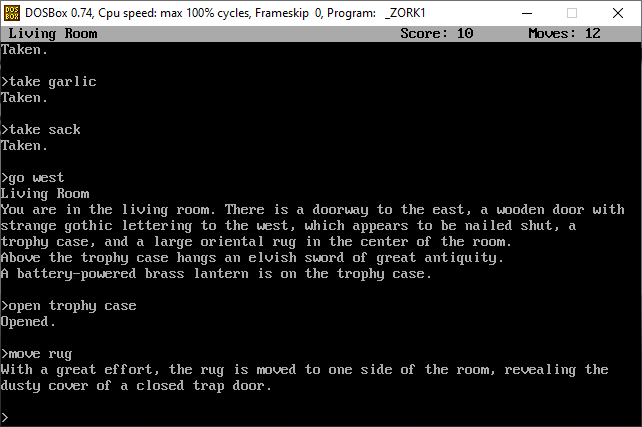 - Finally, we see that the player has found the first treasure: a jewel-encrusted egg. These treasures can be taken back to the house and placed in the trophy case or carried until you feel like you want to put things away. -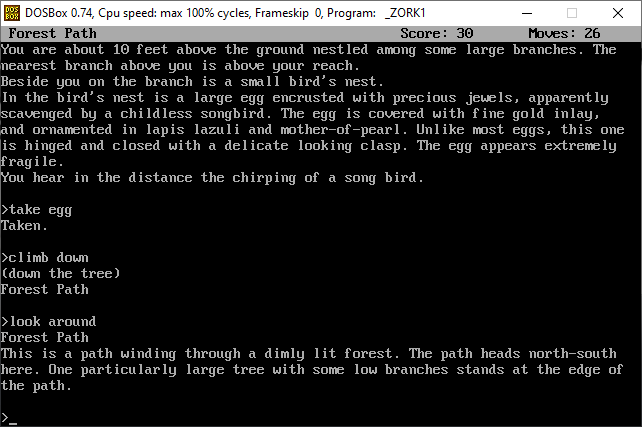 - # Conclusion It's been quite a few years since I first played Zork, but I clearly remember diff --git a/content/blog/2021-01-01-seum.md b/content/blog/2021-01-01-seum.md index 98b680c..cc7af98 100644 --- a/content/blog/2021-01-01-seum.md +++ b/content/blog/2021-01-01-seum.md @@ -30,10 +30,6 @@ cuts his hand off, and steals all his beer and bacon. As Satan is leaving, Marty whips a vinyl record across the room and cuts off one of Satan's hands. This hand is what allows you to use all the powers in the game. -Check out the screenshot below for one of the first panels of the storyline: - - - # Gameplay To accomplish each level, you will need to get to the final blue portal under a @@ -58,29 +54,18 @@ include: For the main storyline, there are nine floors to beat. Each floor contains nine regular levels, one boss level, and one bonus level; although you don't technically need to beat all levels to advance to the next floor. - -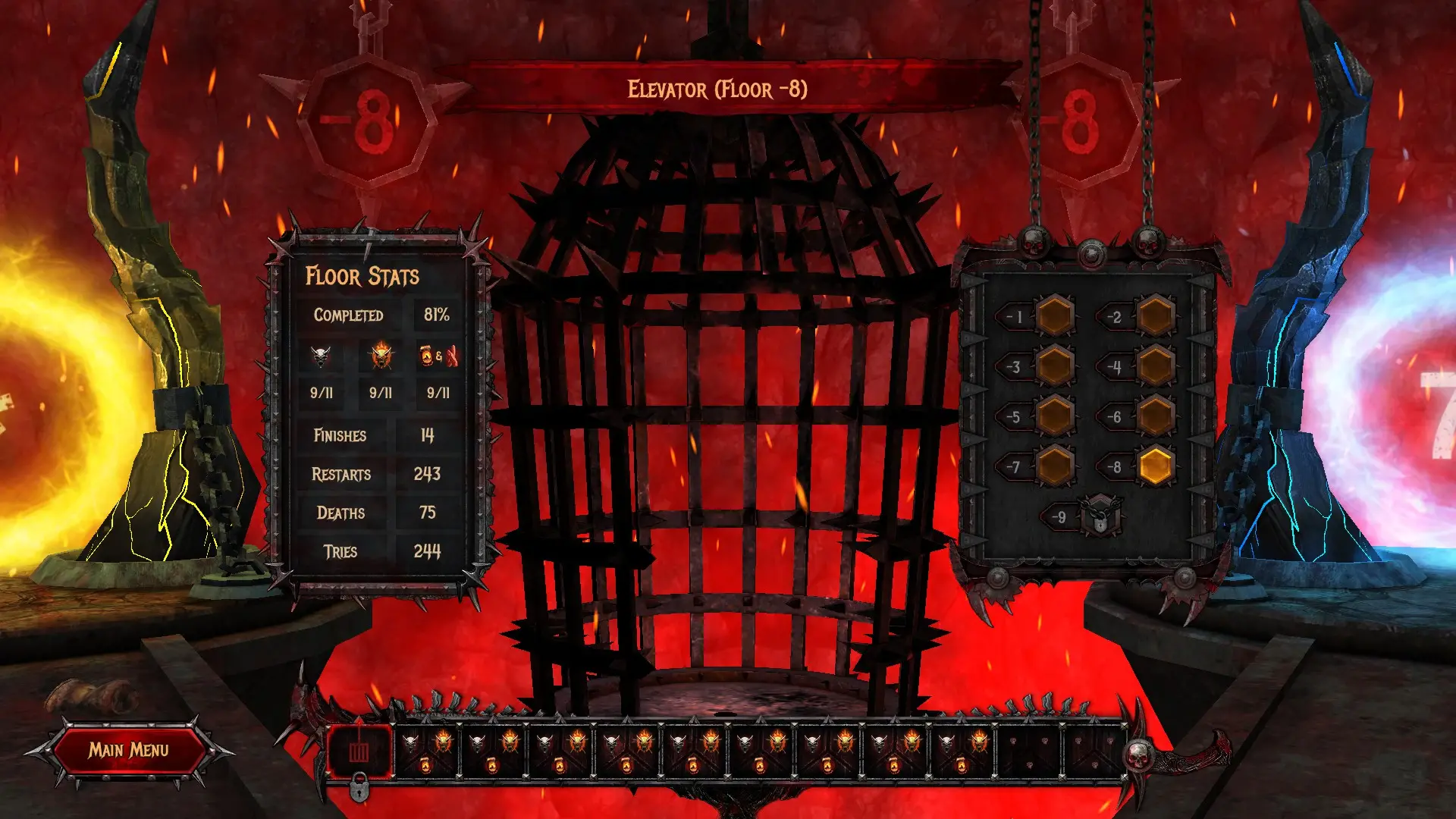 - # In-Game Screenshots The main menu gives you plenty of options for tuning your system, playing main levels, playing the DLC, or exploring the other game modes. -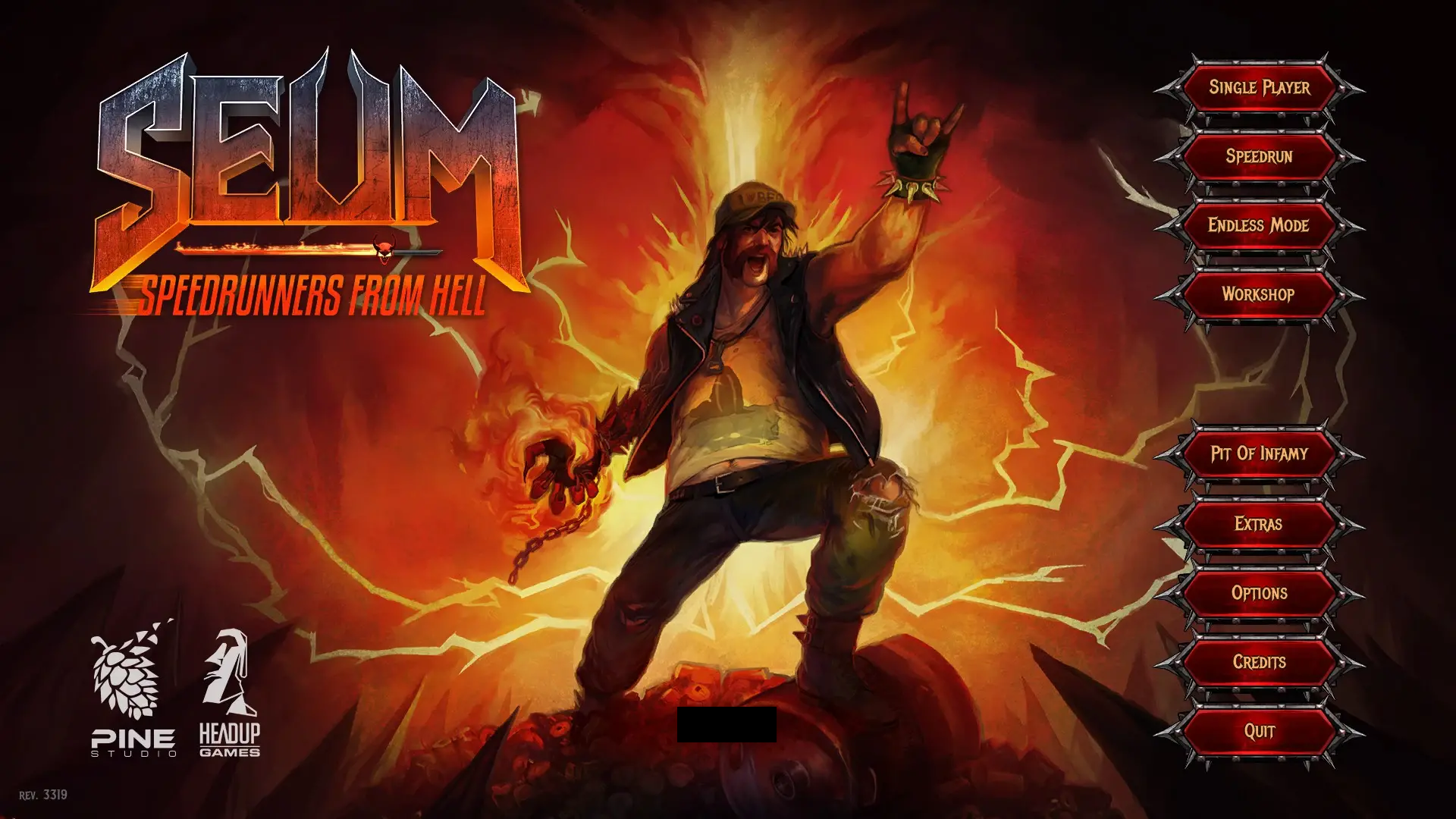 - Once you enter a level, you can look around and strategize before starting. Clicking any button will start the menu, and you'll have to restart if you die. One of the great things about SEUM is that it has great keyboard shortcuts. You can quickly smash `R` to restart the level or `M` to return to the level menu. -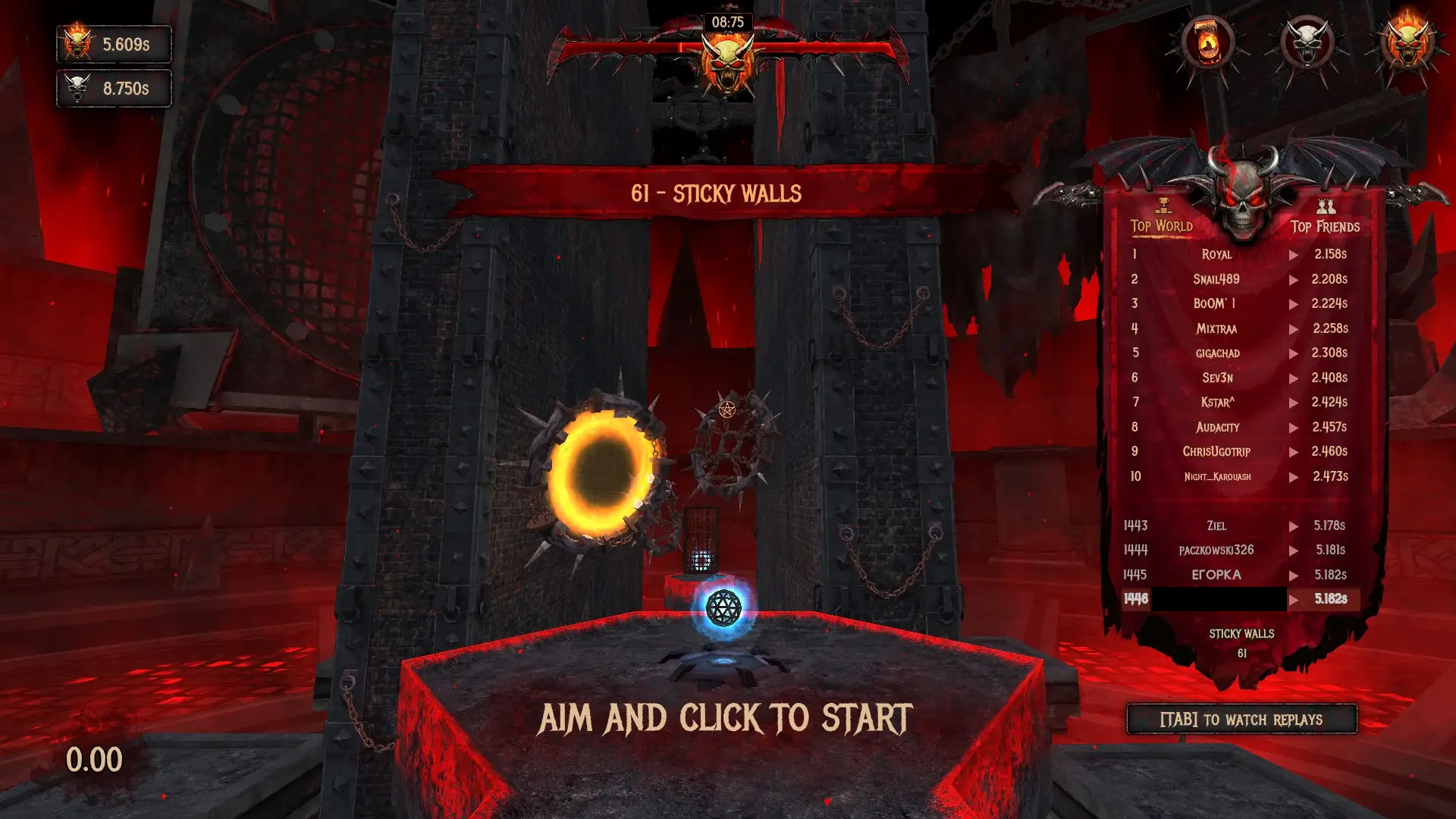 - Once you're able to win a level, you'll see the high scores and can watch replays of the best scores. -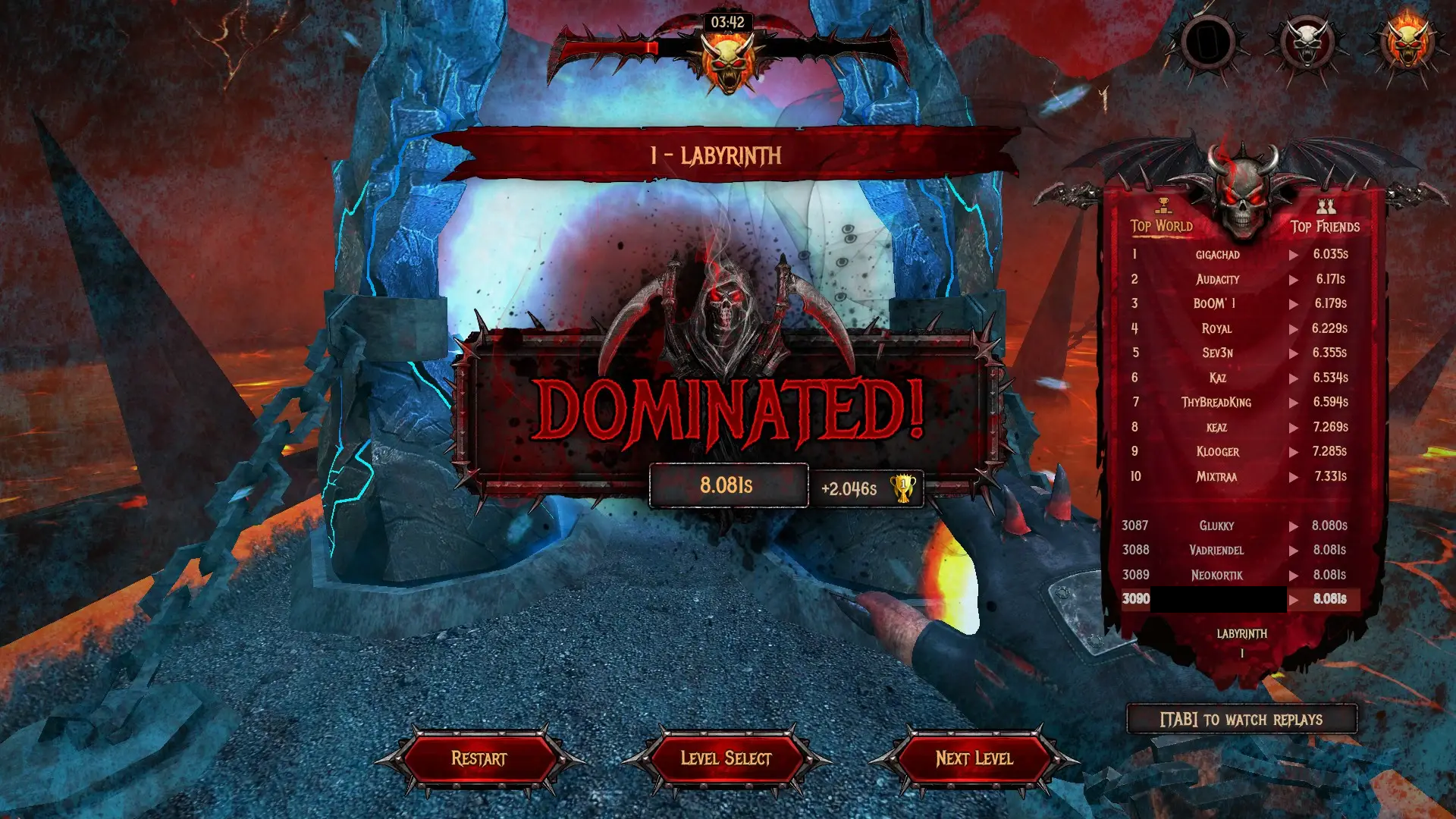 - -Each regular level contains a beer in a disguised location that may take some -out-of-the-box thinking. - -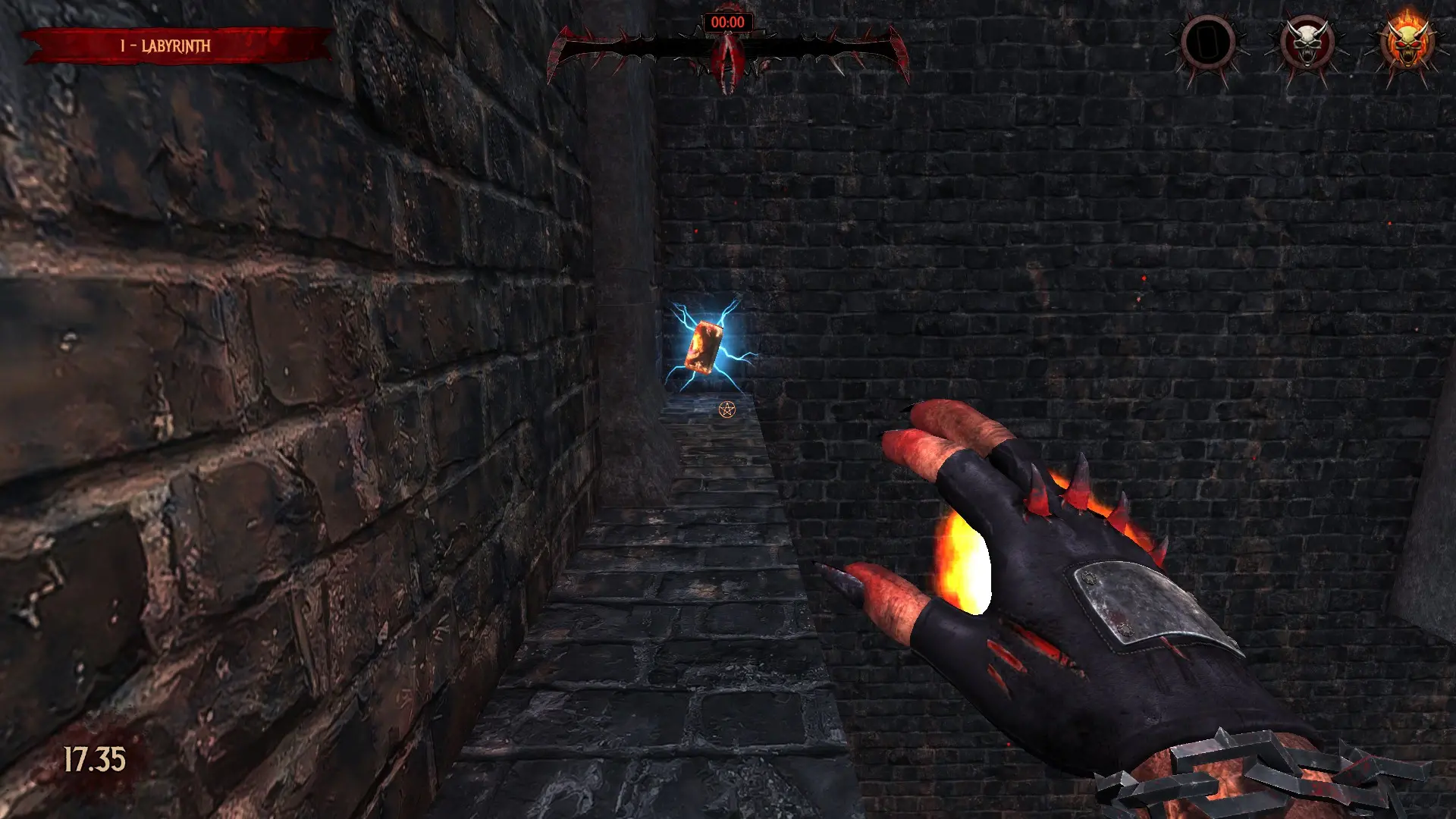 +Each regular level also contains a beer in a disguised location that may take +some out-of-the-box thinking. diff --git a/content/blog/2021-01-04-fediverse.md b/content/blog/2021-01-04-fediverse.md index 293a106..f0c778c 100644 --- a/content/blog/2021-01-04-fediverse.md +++ b/content/blog/2021-01-04-fediverse.md @@ -21,9 +21,6 @@ of you can talk and communicate back and forth without having to be on the same server. However, responsible email admins are there to set rules and control the traffic going in/out of the server. - - The main objective of this architecture is to decentralize the control within the internet connections. For example, if you run your own Mastodon instance, you and your users can't be censored or impacted in any way by authorities of diff --git a/content/blog/2021-01-07-ufw.md b/content/blog/2021-01-07-ufw.md index b843fe8..4048bab 100644 --- a/content/blog/2021-01-07-ufw.md +++ b/content/blog/2021-01-07-ufw.md @@ -23,9 +23,6 @@ iptables. application for users who are uncomfortable setting up a firewall through a terminal. -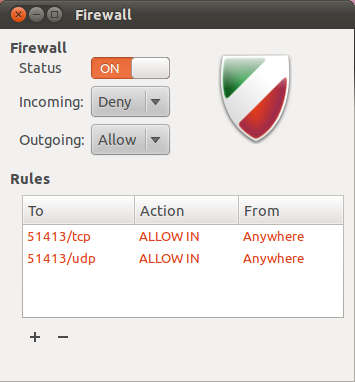 - # Getting Help If you need help figuring out commands, remember that you can run the `--help` diff --git a/content/blog/2021-02-19-macos.md b/content/blog/2021-02-19-macos.md index c13df87..1d7763e 100644 --- a/content/blog/2021-02-19-macos.md +++ b/content/blog/2021-02-19-macos.md @@ -19,9 +19,6 @@ don't require gaming specs or advanced dev tools. Before I move on to the technical aspects of my set-up, I want to take some time and express my thoughts on the overall OS. -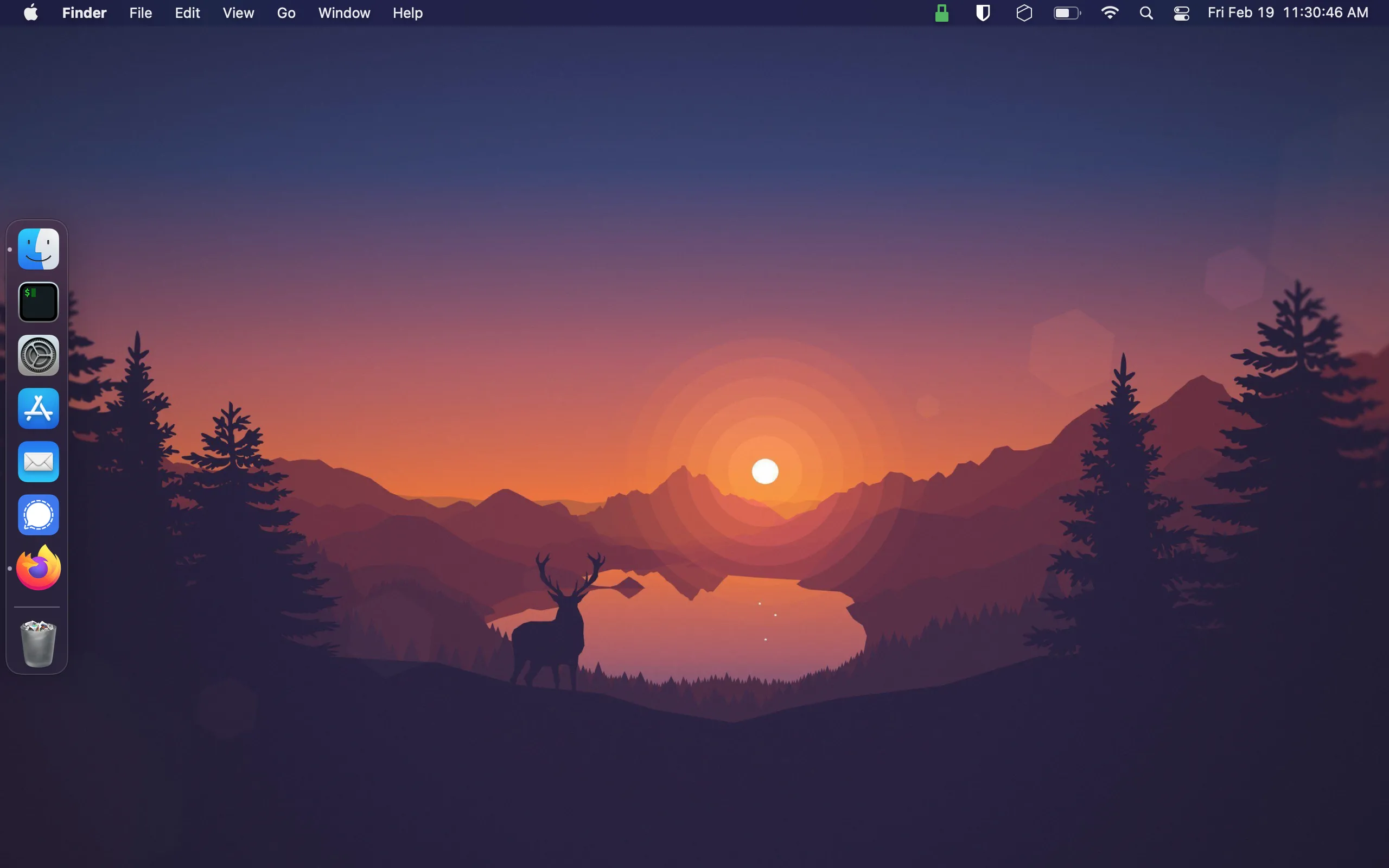 - As expected, the initial computer setup is a breeze with Mac's guided GUI installer. @@ -68,8 +65,6 @@ recreate a terminal environment that I feel very comfortable using. See the image below for a preview of the iTerm2 app with a split view between my macOS desktop shell and an SSH session into my server. -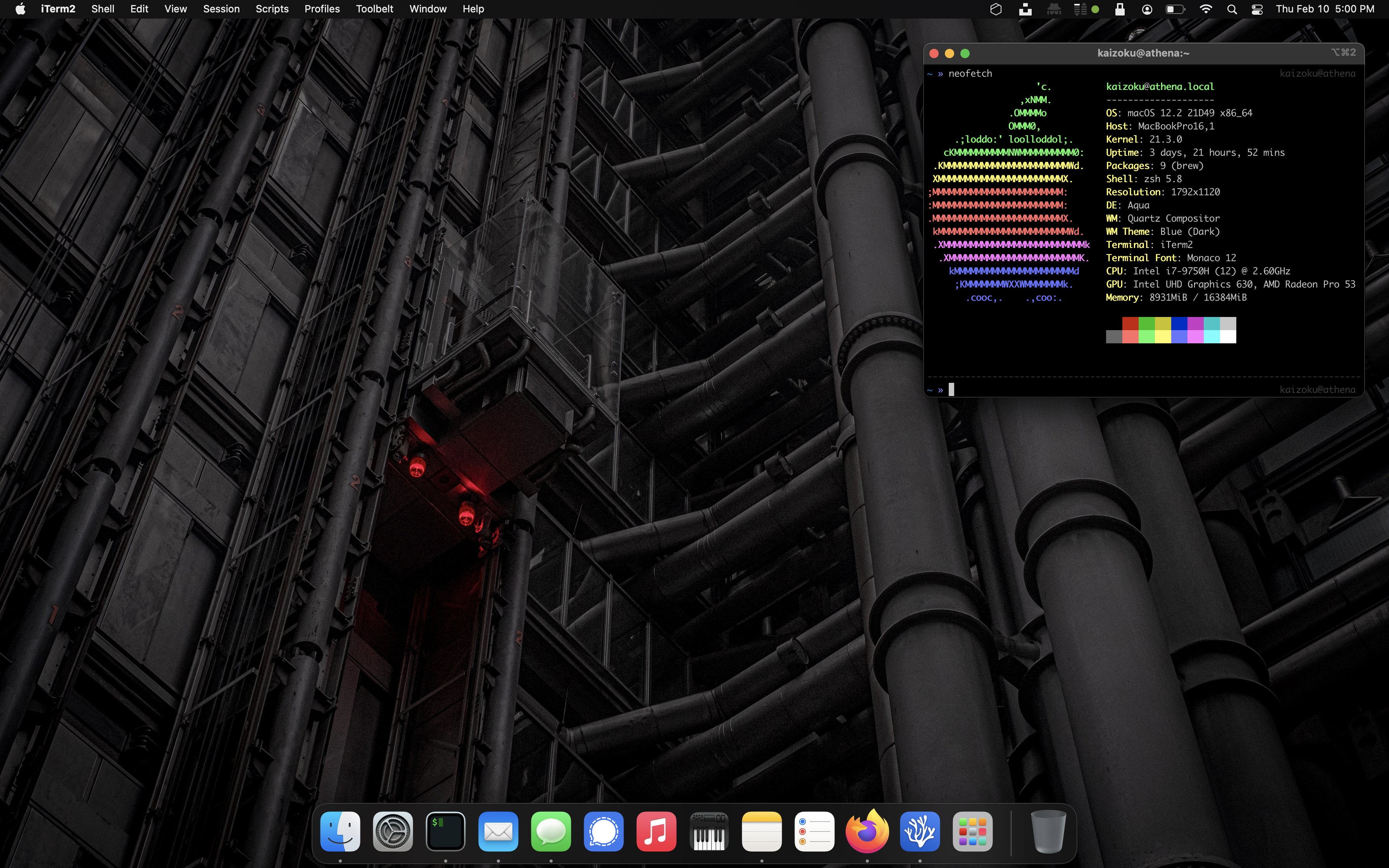 - # Xcode My first step was to search the web for any hints on how to get `zsh` back up to diff --git a/content/blog/2021-03-28-gemini-capsule.md b/content/blog/2021-03-28-gemini-capsule.md index 73f1d2c..3fd9fd6 100644 --- a/content/blog/2021-03-28-gemini-capsule.md +++ b/content/blog/2021-03-28-gemini-capsule.md @@ -168,8 +168,4 @@ remote: https://builds.sr.ht/~user/job/689803 [.build.yml] ``` Now that you've properly built your Sourcehut page, you can browse to -your-username.srht.site in a Gemini browser and view the final results. Take a -look at the image below for my Sourcehut Gemini capsule. - -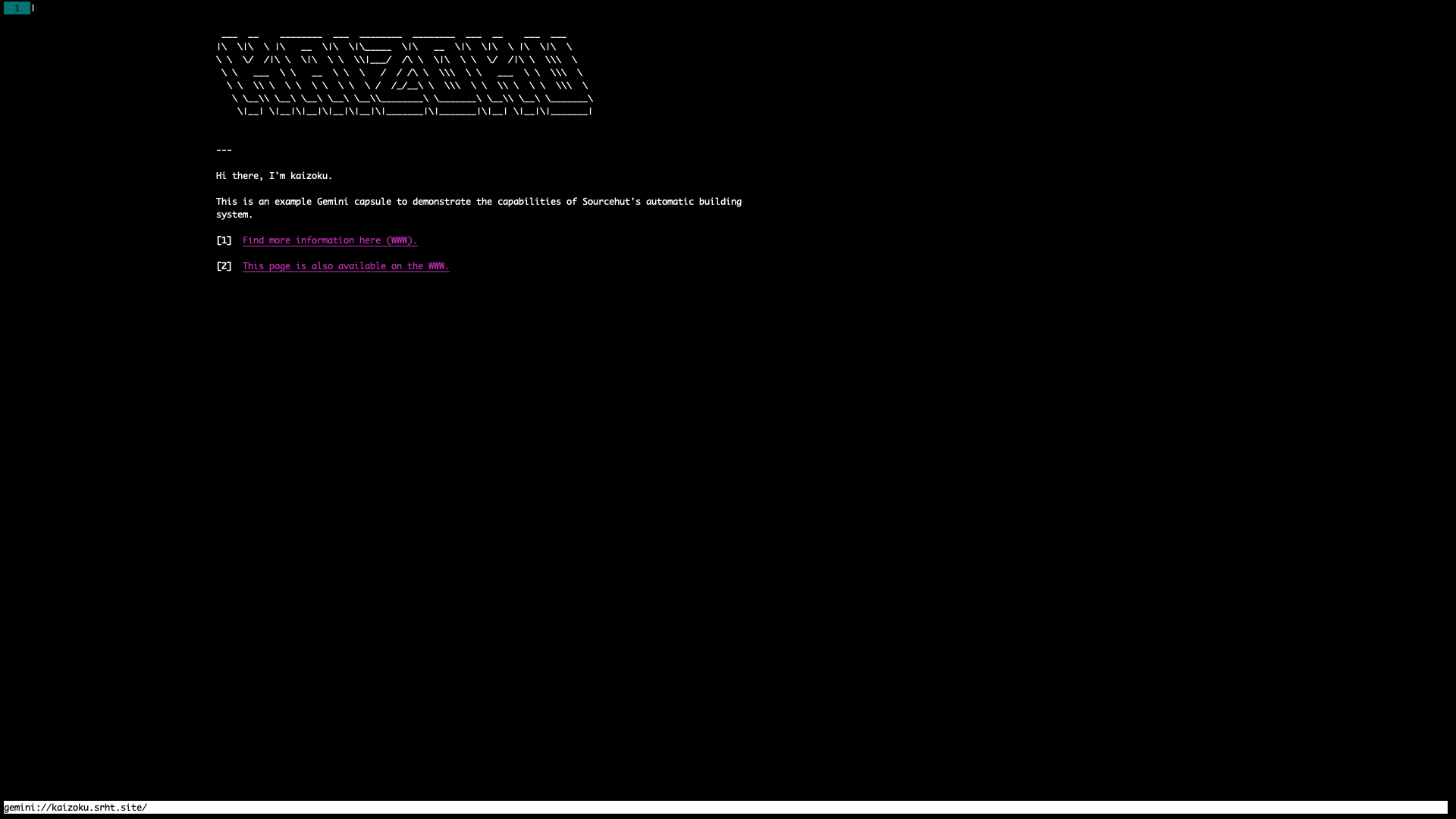 +your-username.srht.site in a Gemini browser and view the final results.
\ No newline at end of file diff --git a/content/blog/2021-04-17-gemini-server.md b/content/blog/2021-04-17-gemini-server.md index 4082679..0ca776a 100644 --- a/content/blog/2021-04-17-gemini-server.md +++ b/content/blog/2021-04-17-gemini-server.md @@ -145,16 +145,6 @@ Gemtext. # The Results -Here are some screenshots of the Gemini page I just created in the -[Lagrange](https://gmi.skyjake.fi/lagrange/) browser and the -[amfora](https://github.com/makeworld-the-better-one/amfora) browser. - -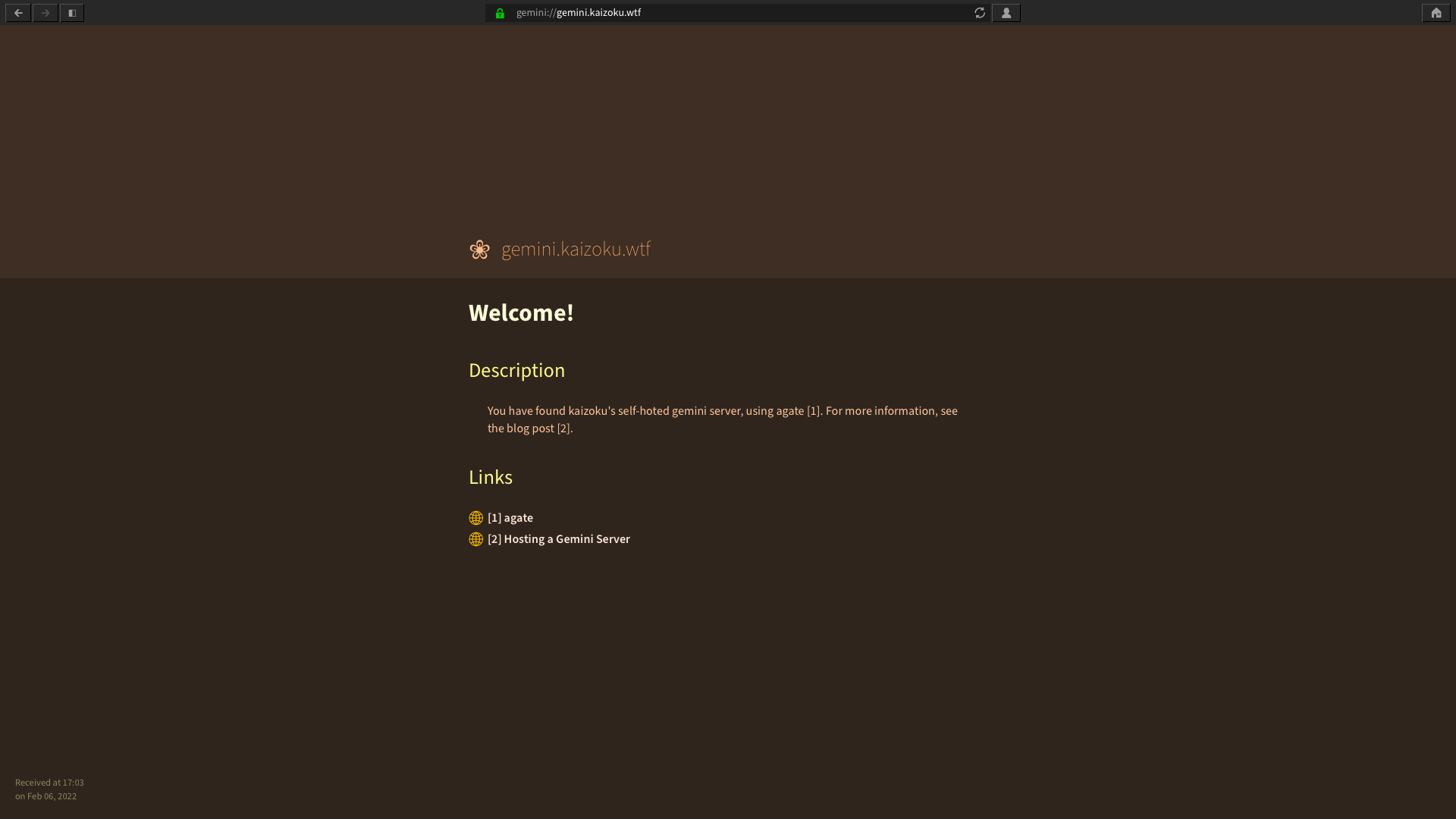 - -_Lagrange_ - - - -_Amfora_ +To view the results, you can use a Gemini browser, such as +[Lagrange](https://gmi.skyjake.fi/lagrange/) or +[amfora](https://github.com/makeworld-the-better-one/amfora). diff --git a/content/blog/2021-12-04-cisa.md b/content/blog/2021-12-04-cisa.md index a81205e..88e5d1b 100644 --- a/content/blog/2021-12-04-cisa.md +++ b/content/blog/2021-12-04-cisa.md @@ -43,9 +43,6 @@ commitment and quality of an employee, so I am accepting it too. The CISA is broken down into five sections, each weighted with a percentage of test questions that may appear. -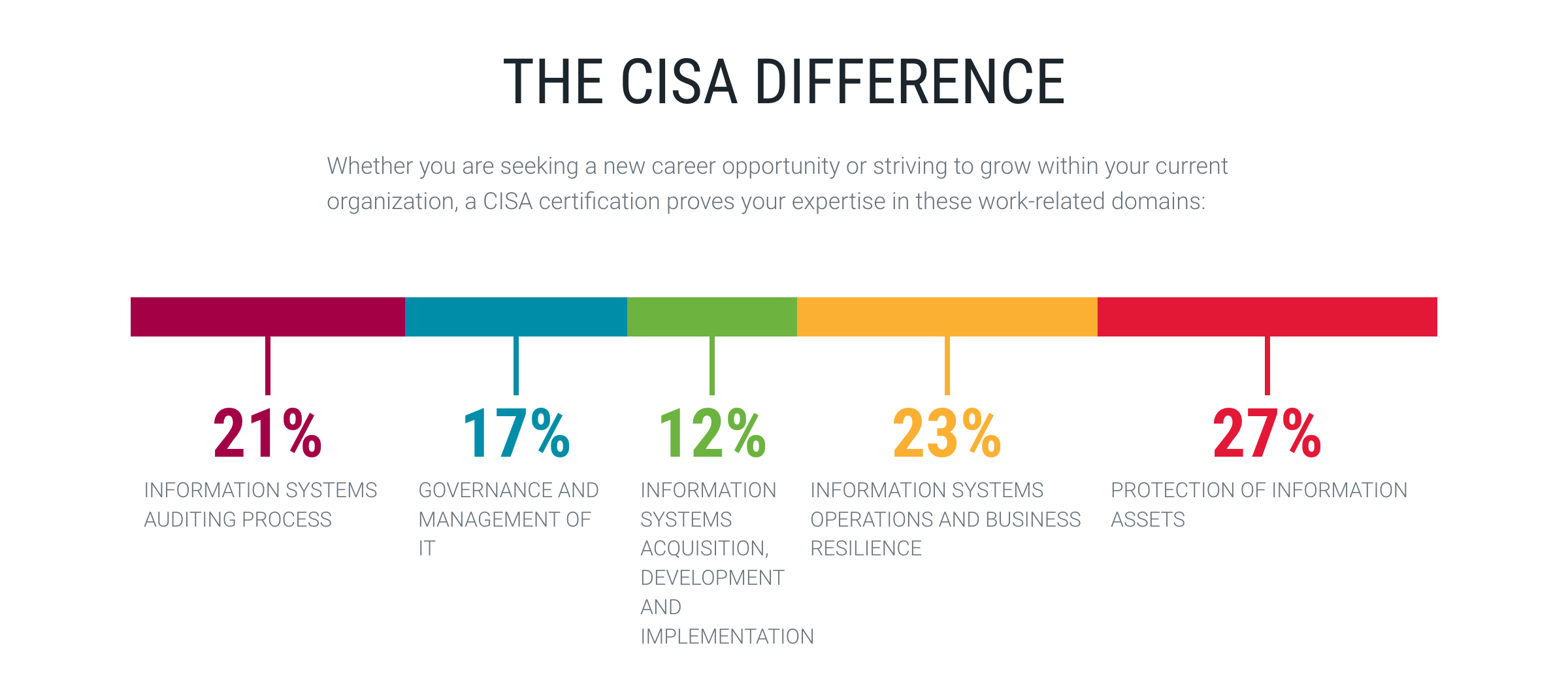 - Since the exam contains 150 questions, here's how those sections break down: | Exam Section | Percentage of Exam | Questions | @@ -147,9 +144,6 @@ answered incorrectly and learned from my mistakes_. | 5 | 55 | 85 | 140 | 61% | | **Grand Total** | **228** | **479** | **707** | **68%** | -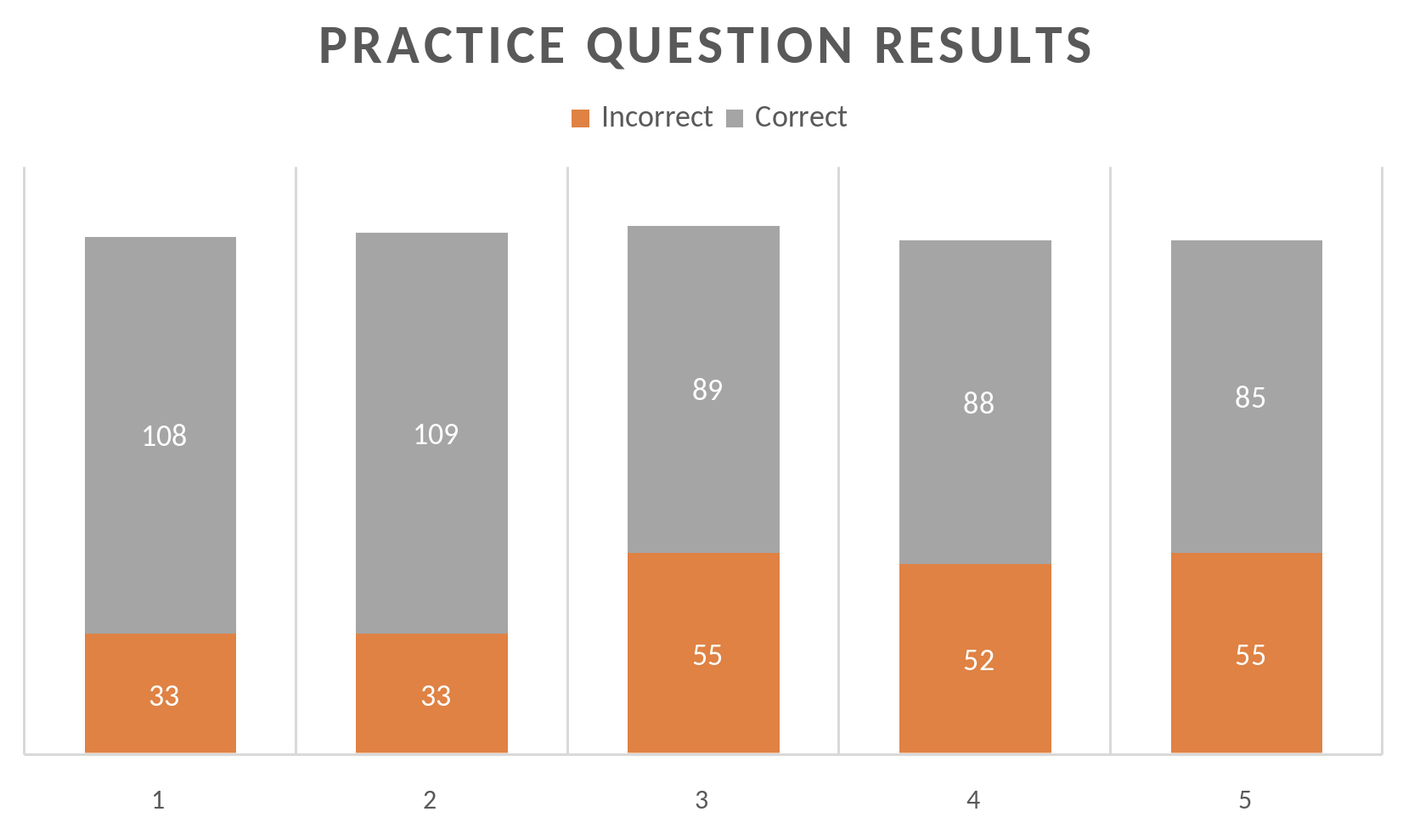 - # Results Now, how do the practice scores reflect my actual results? After all, it's hard |
